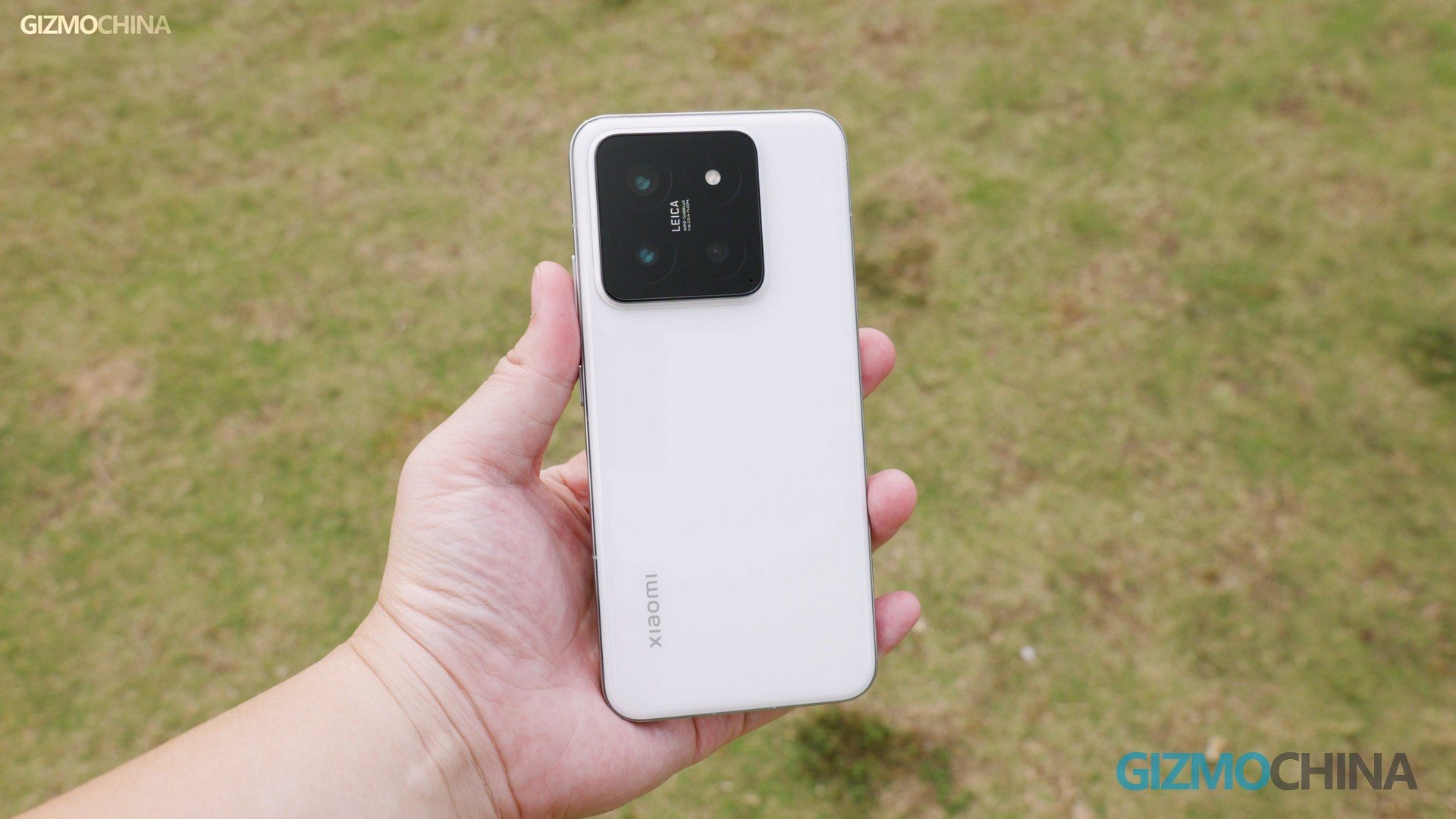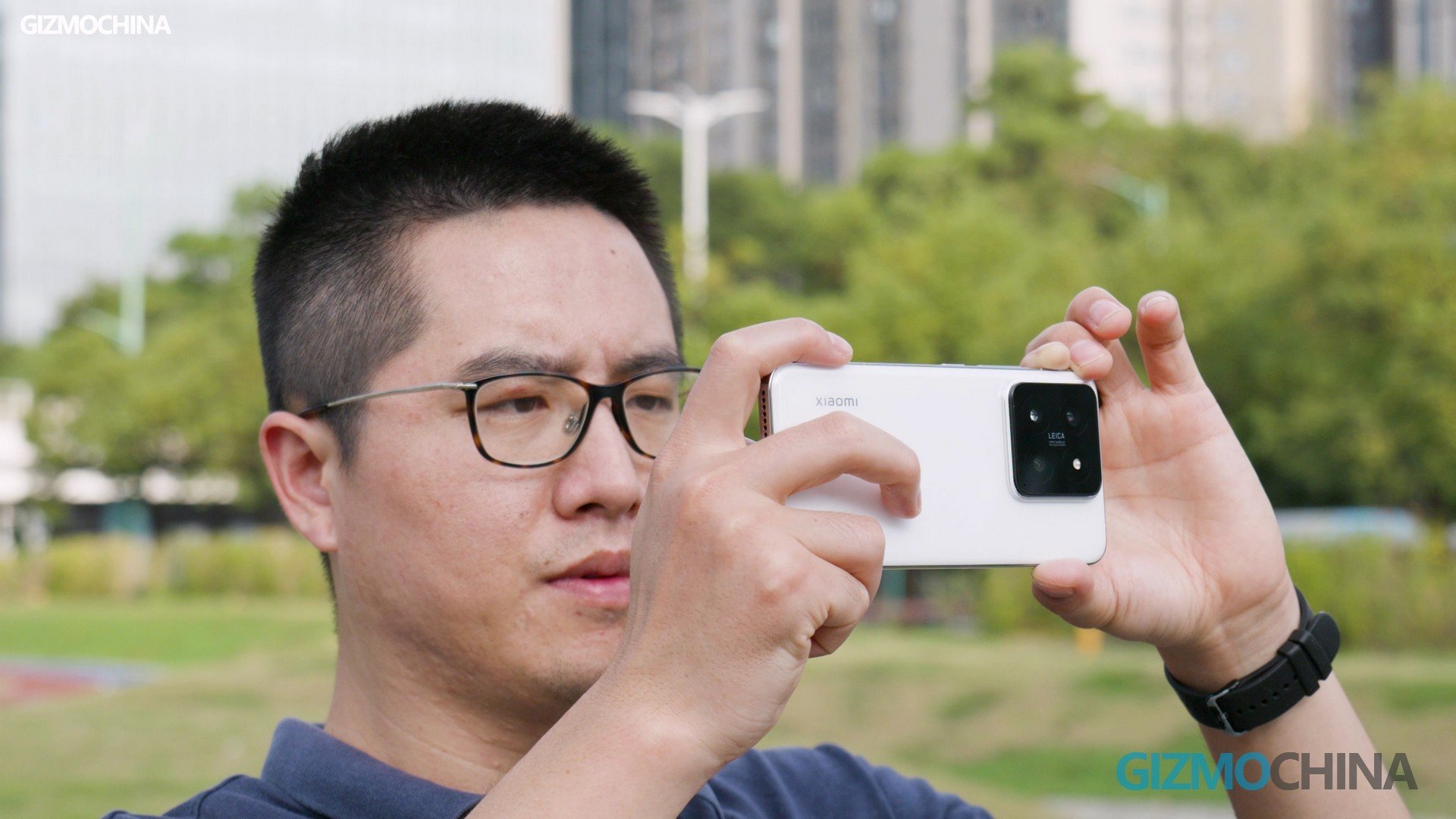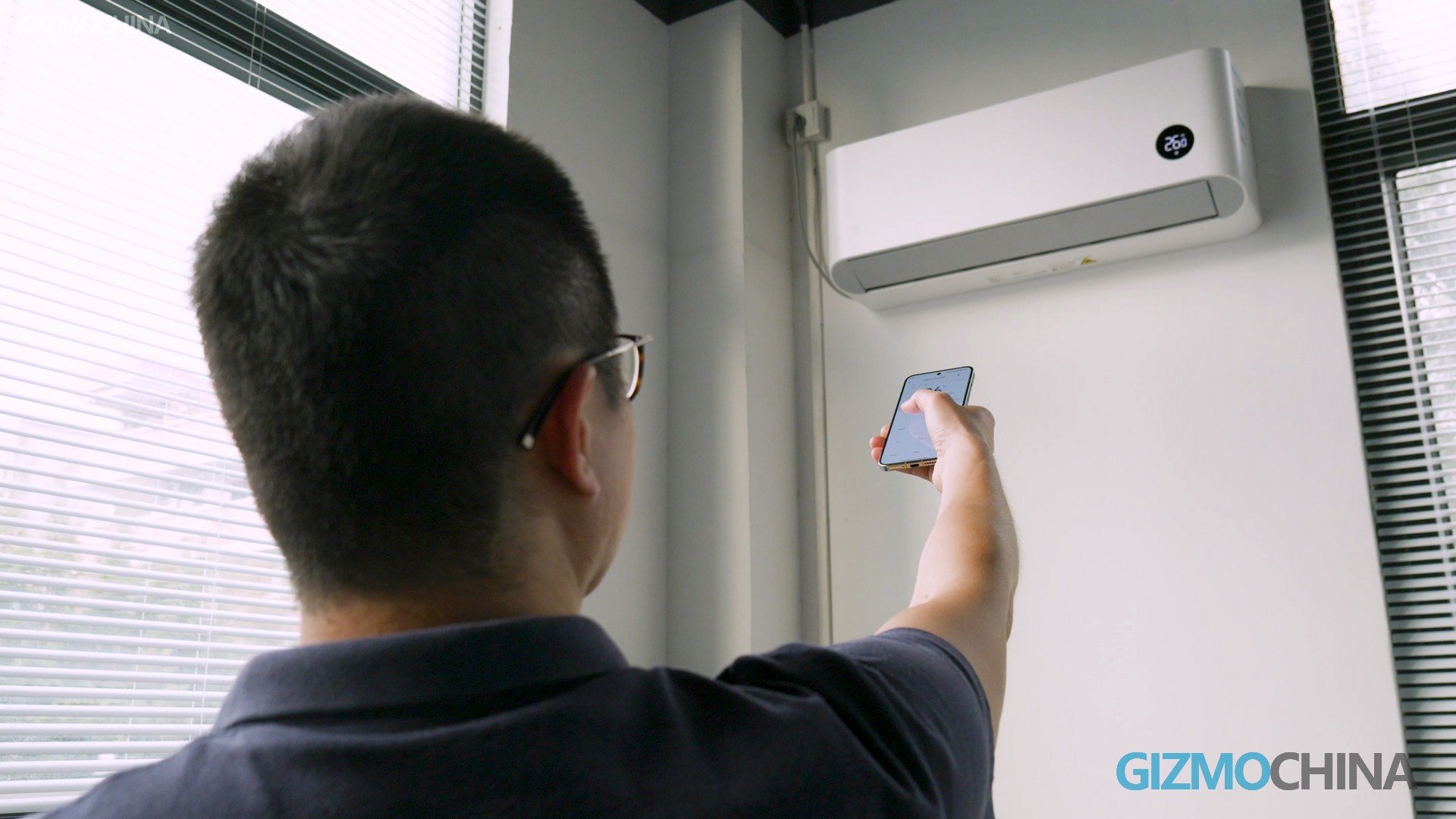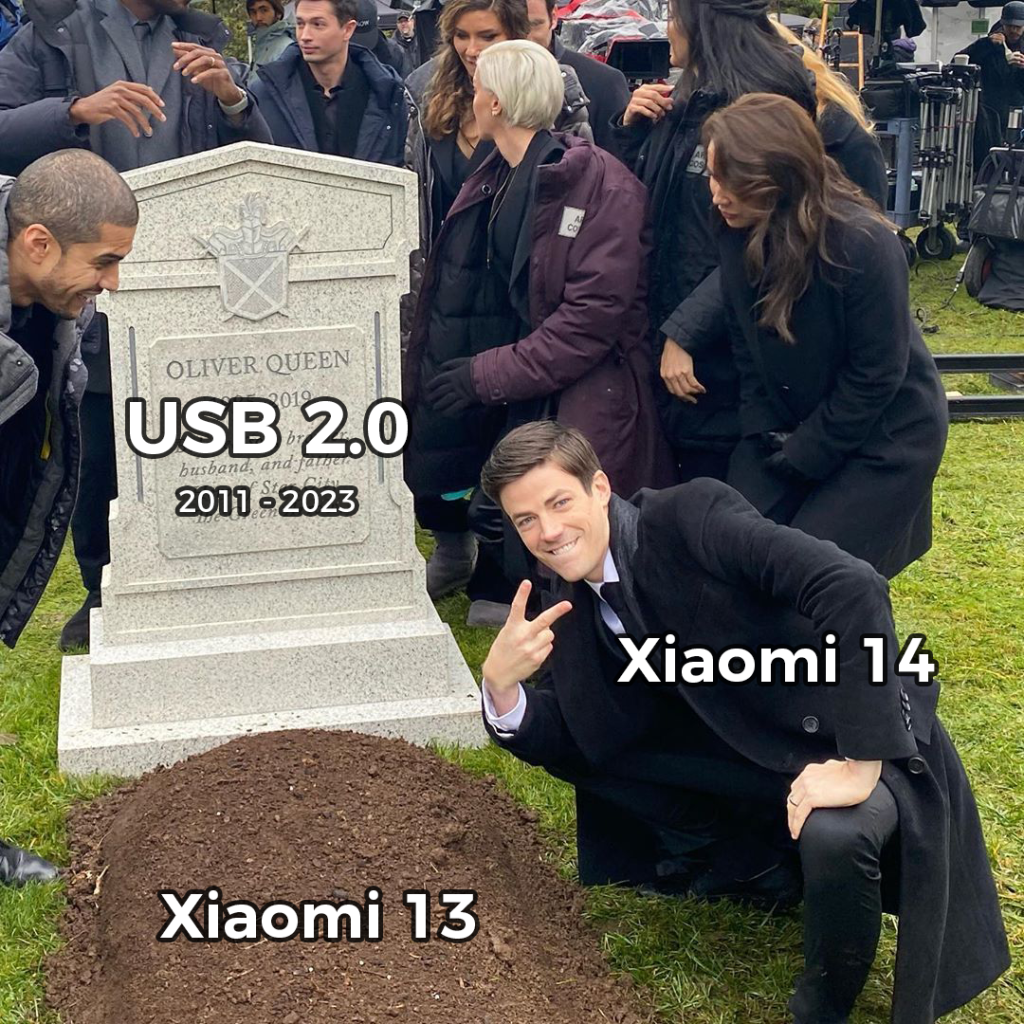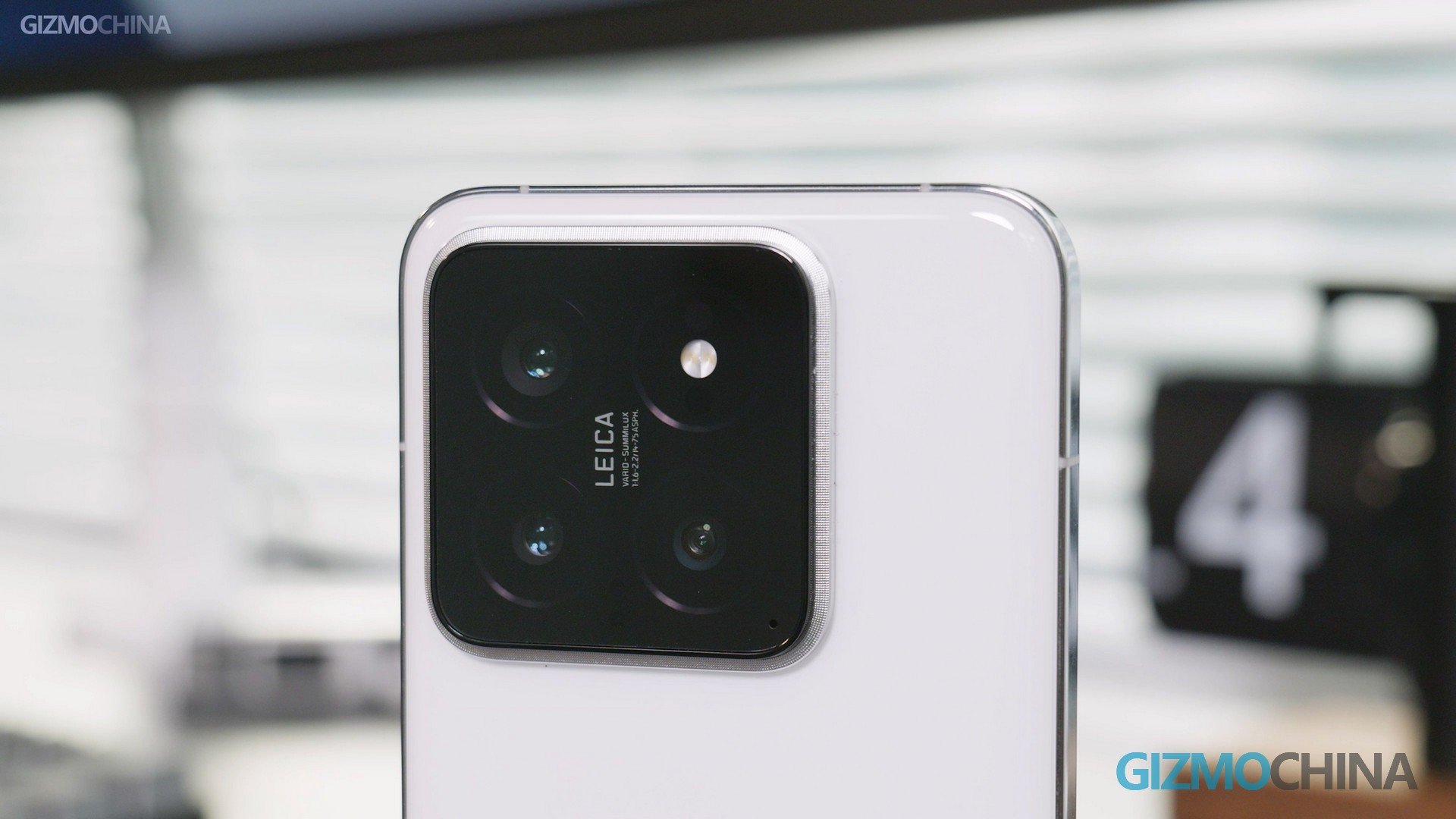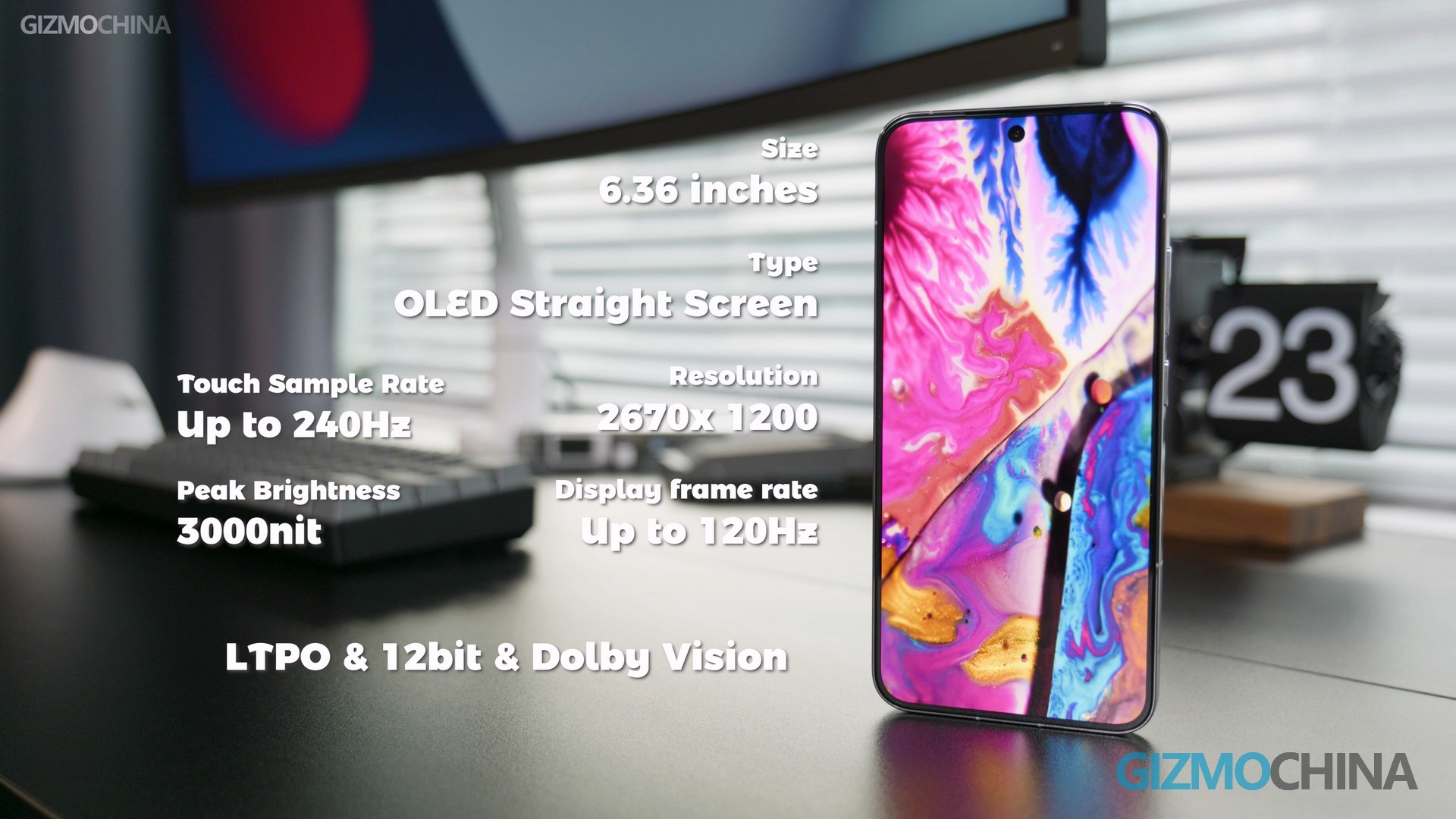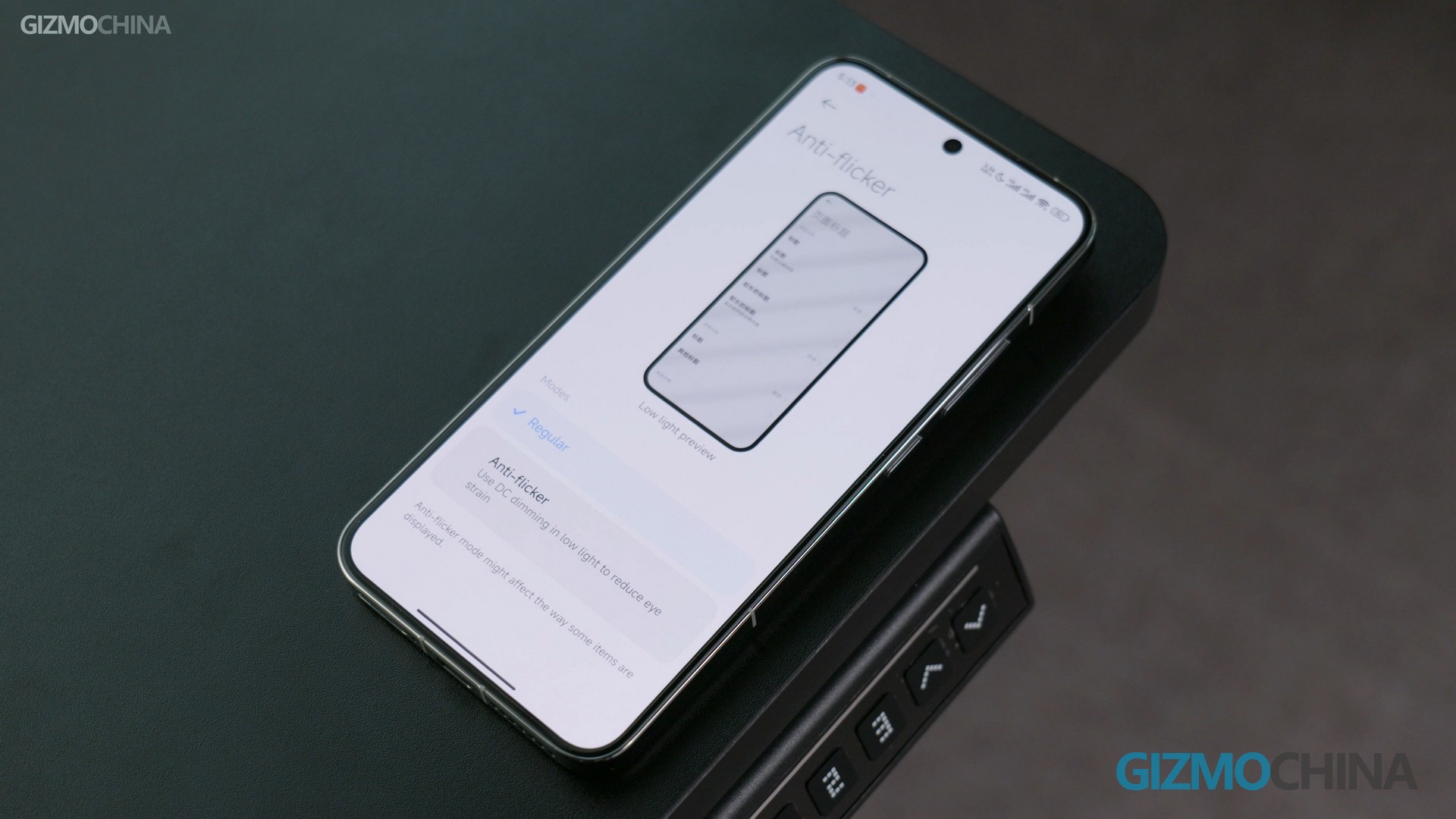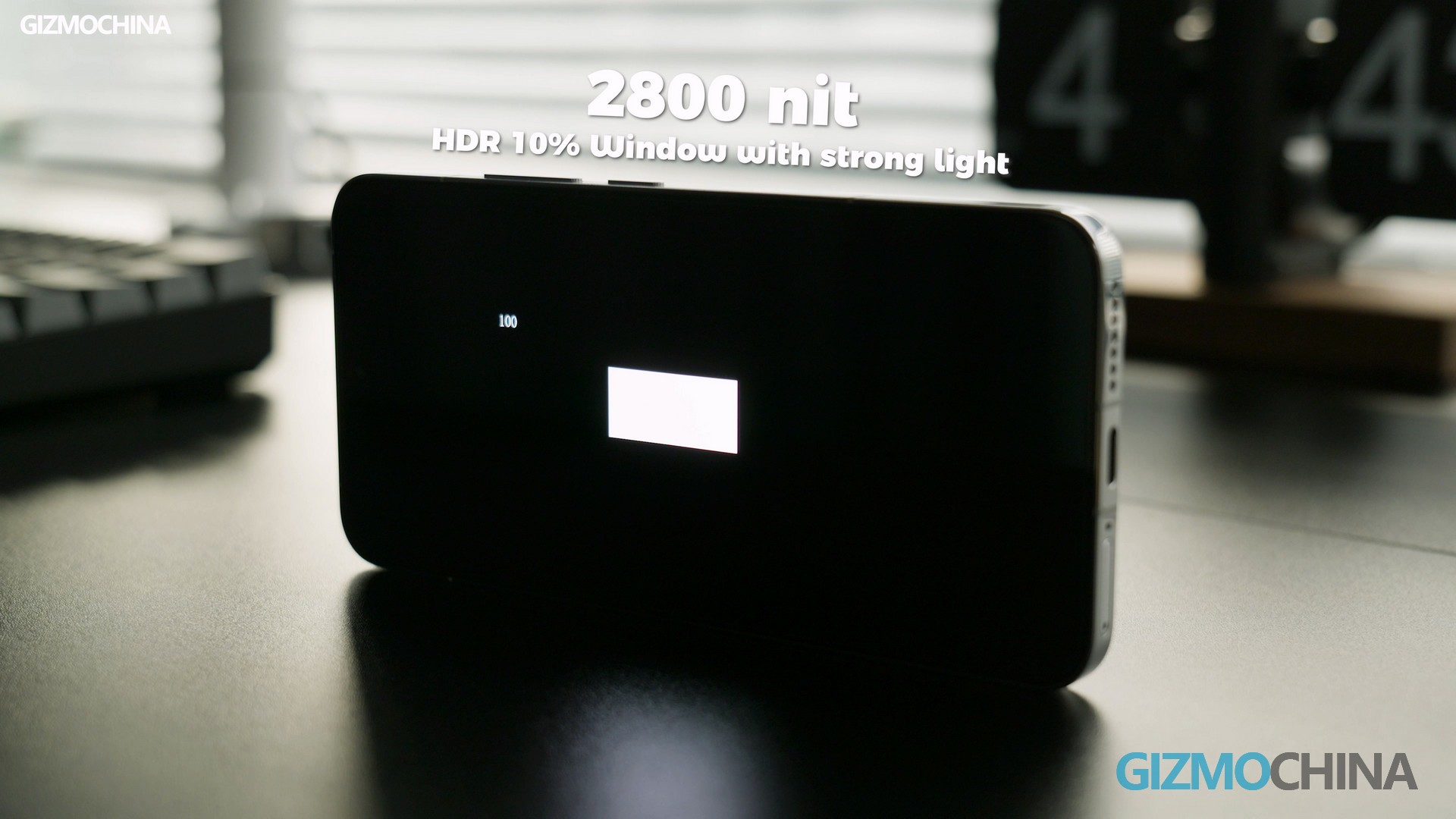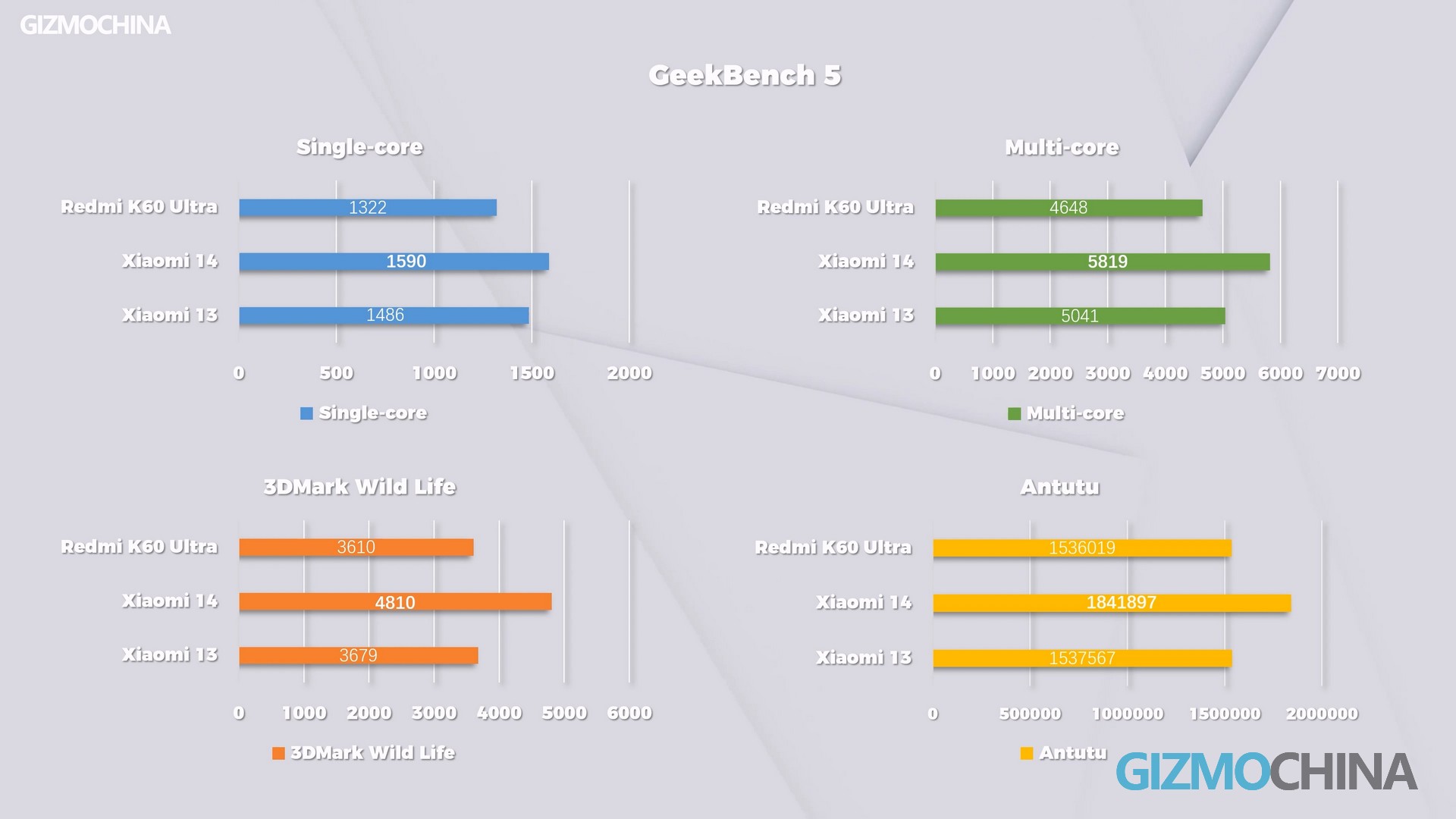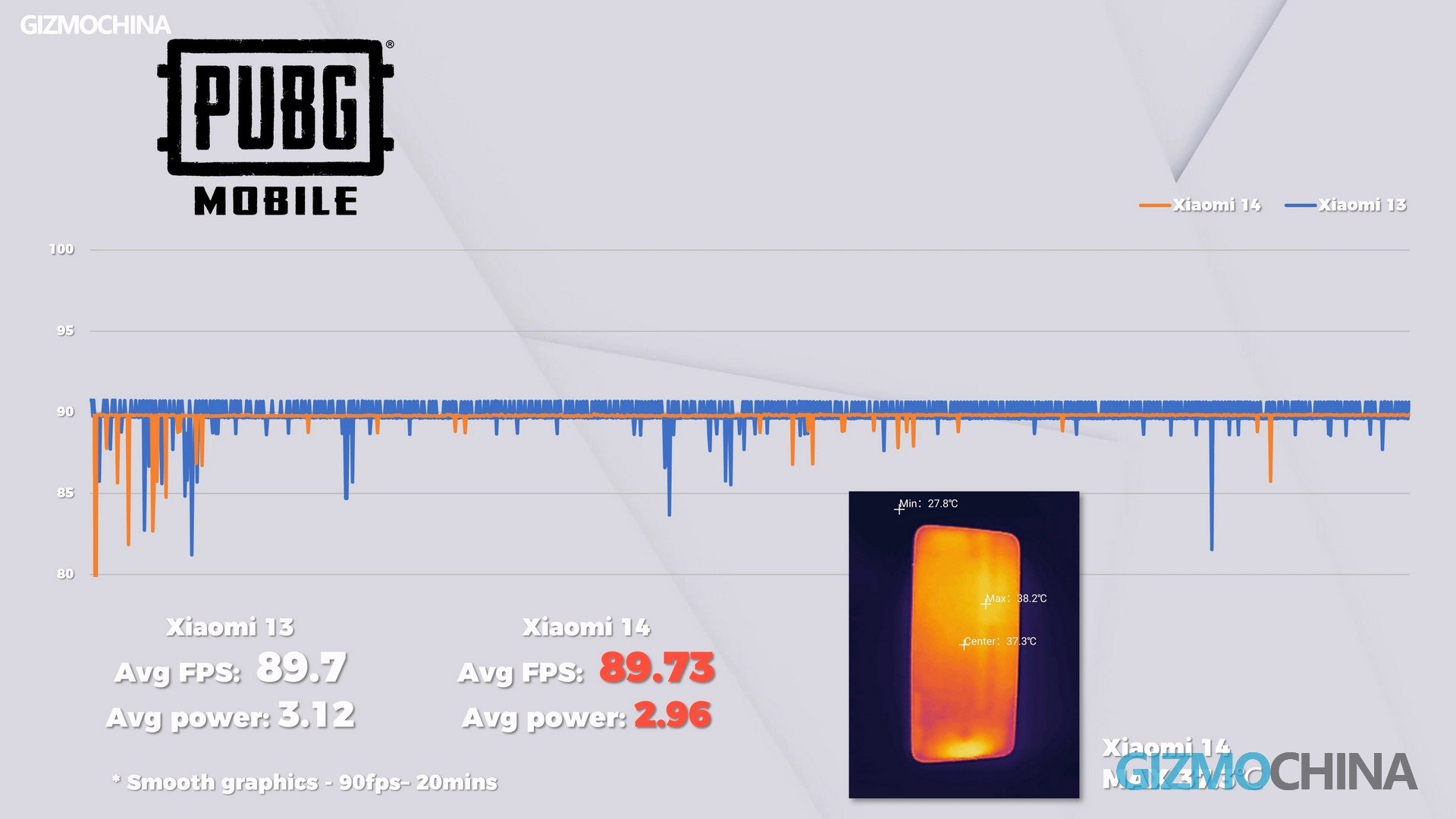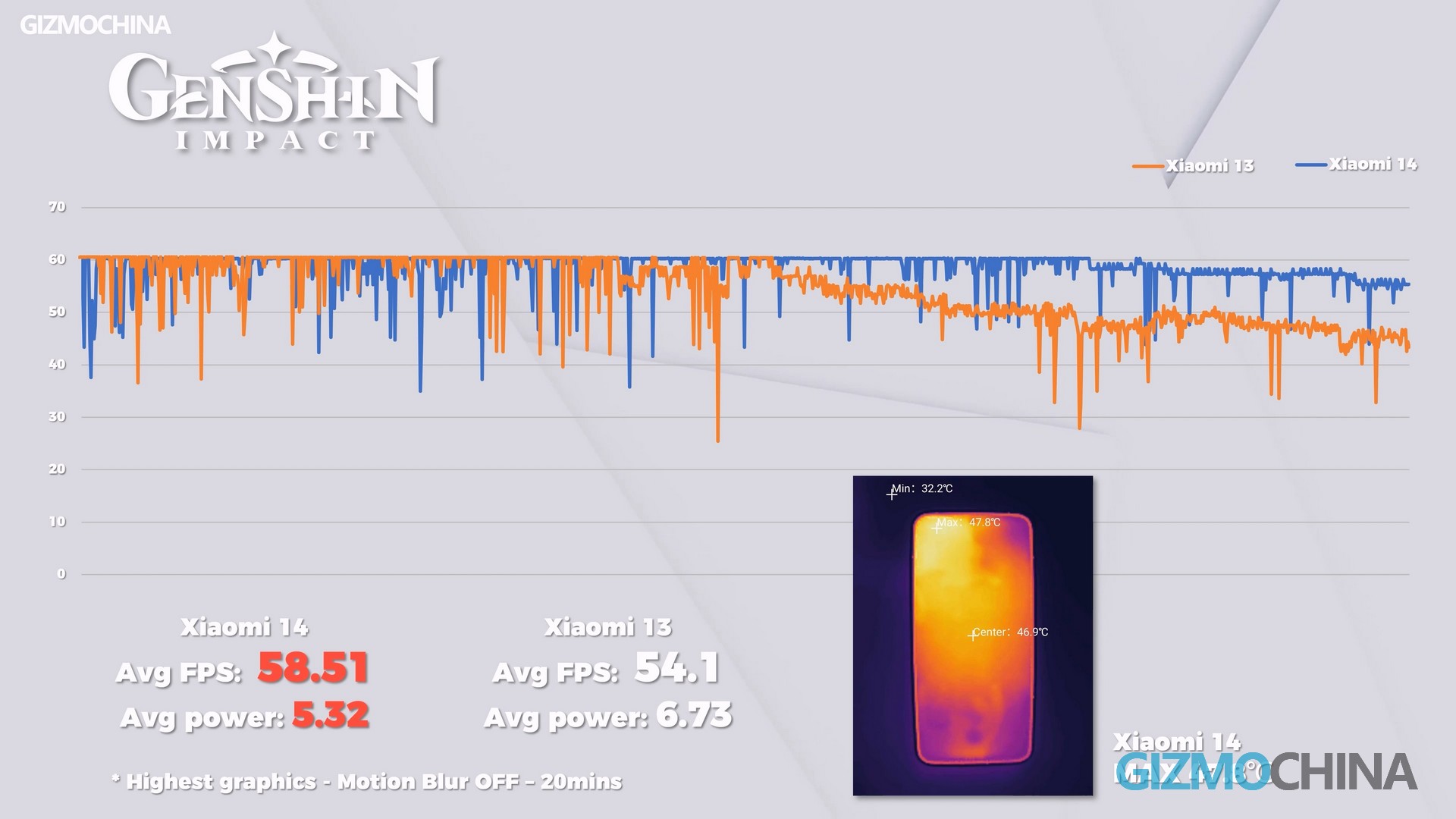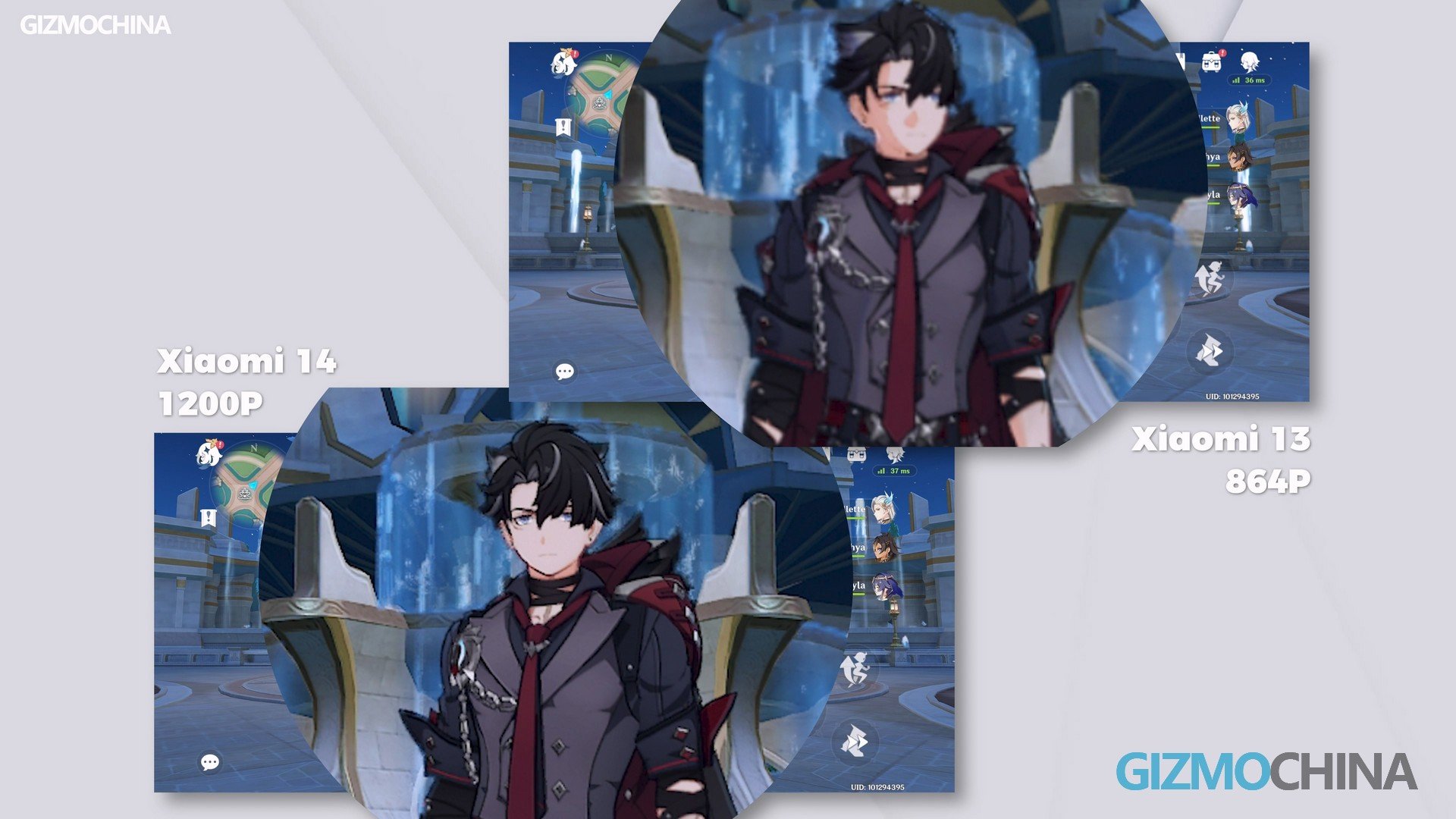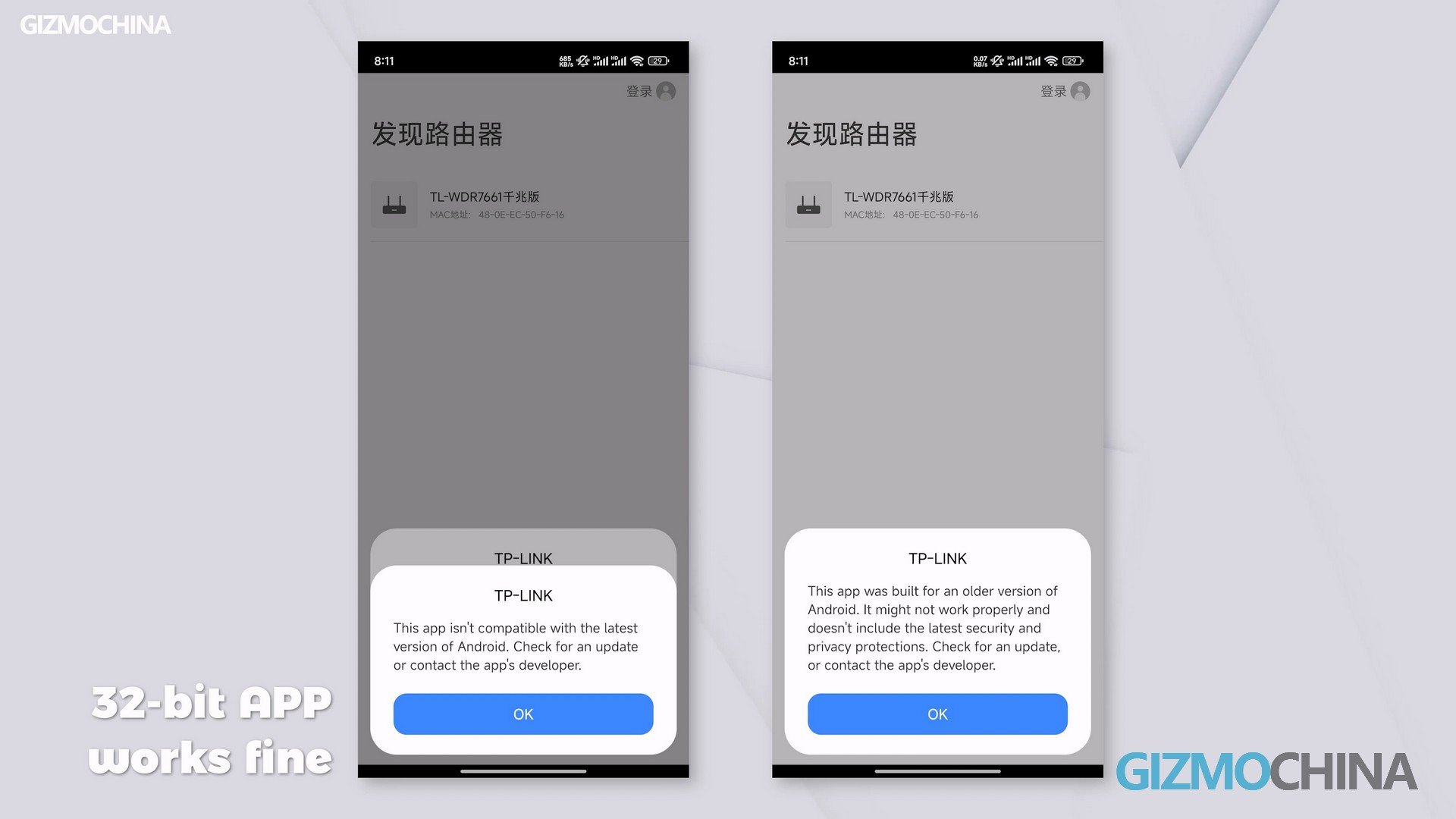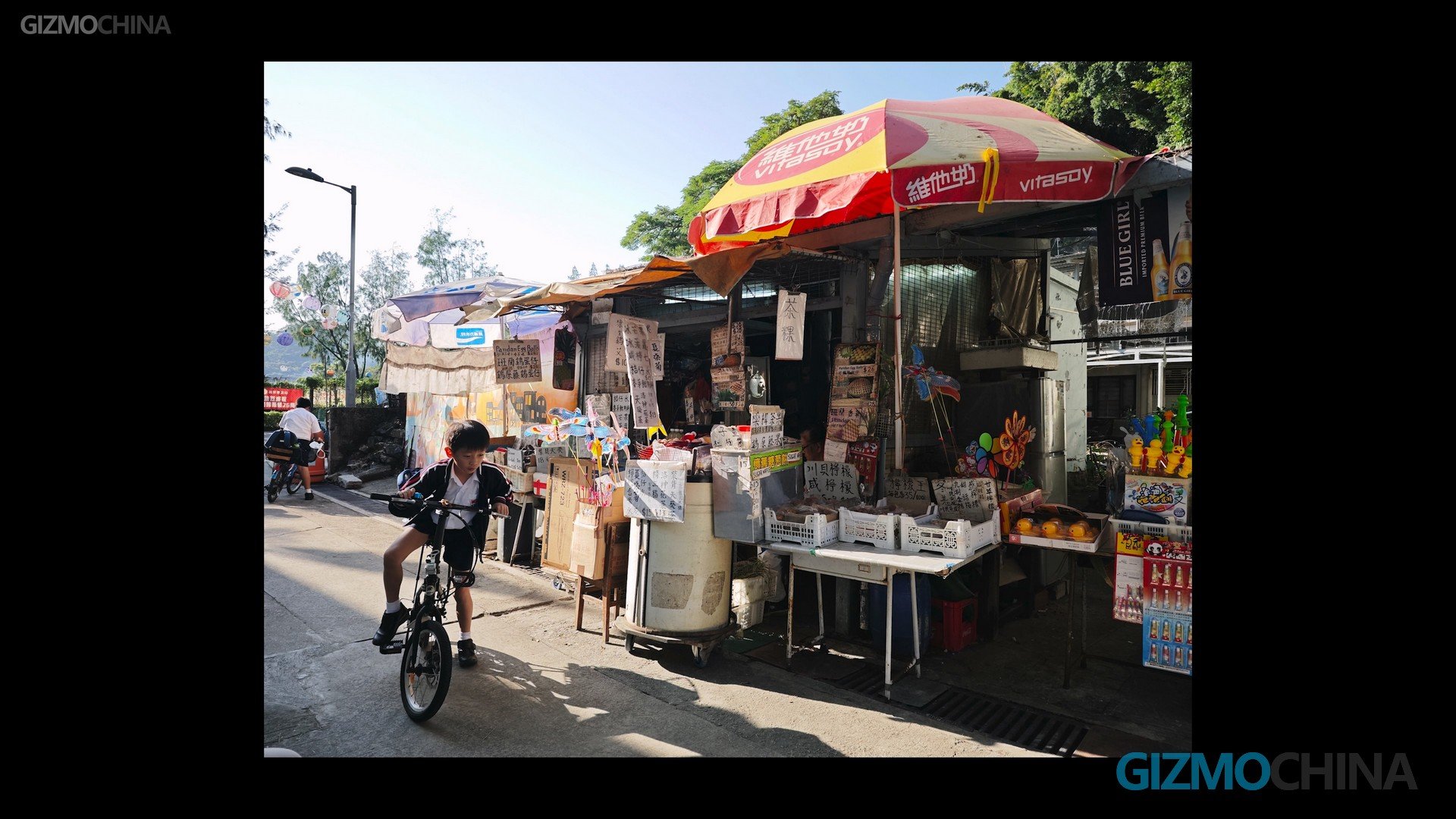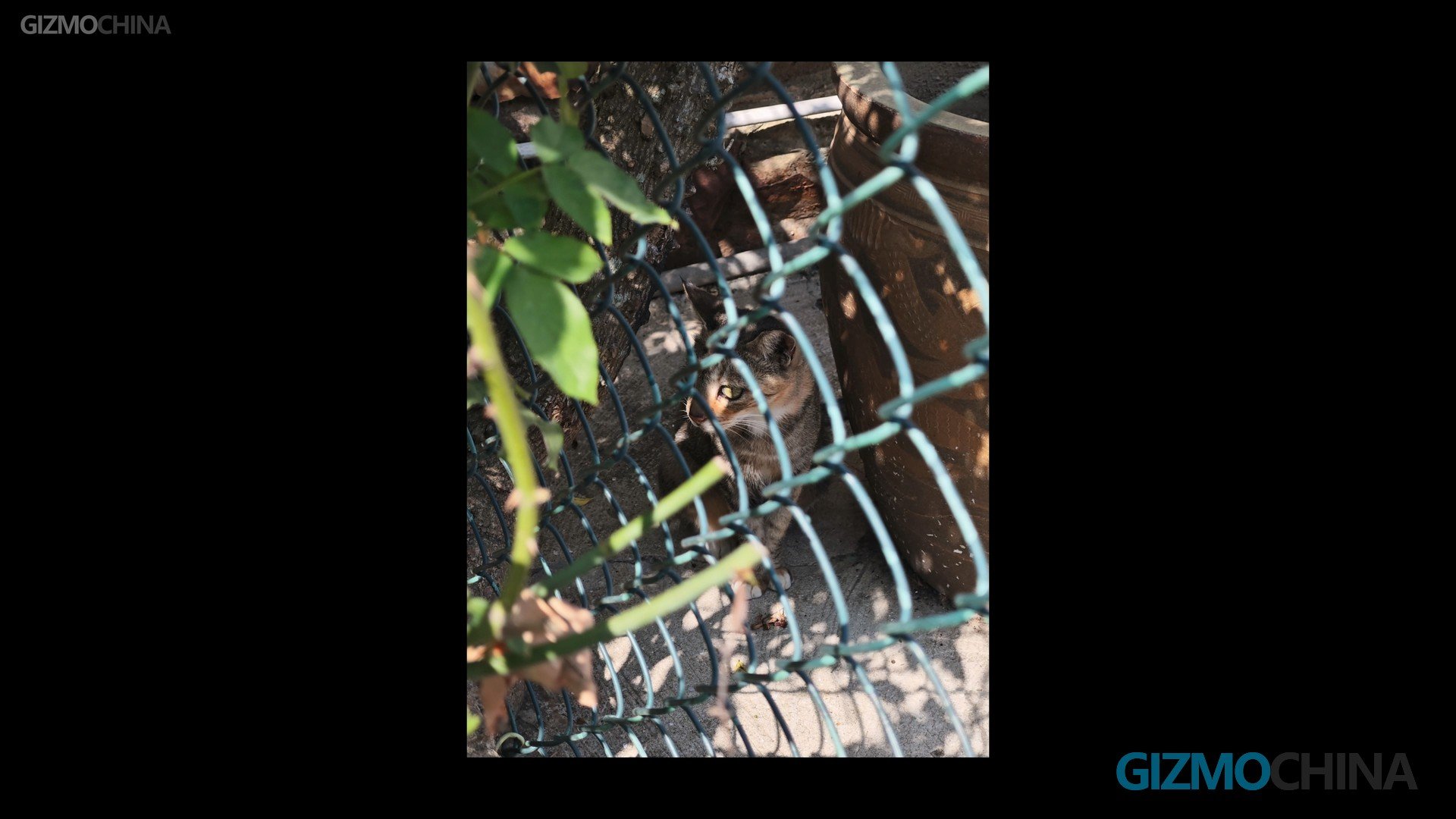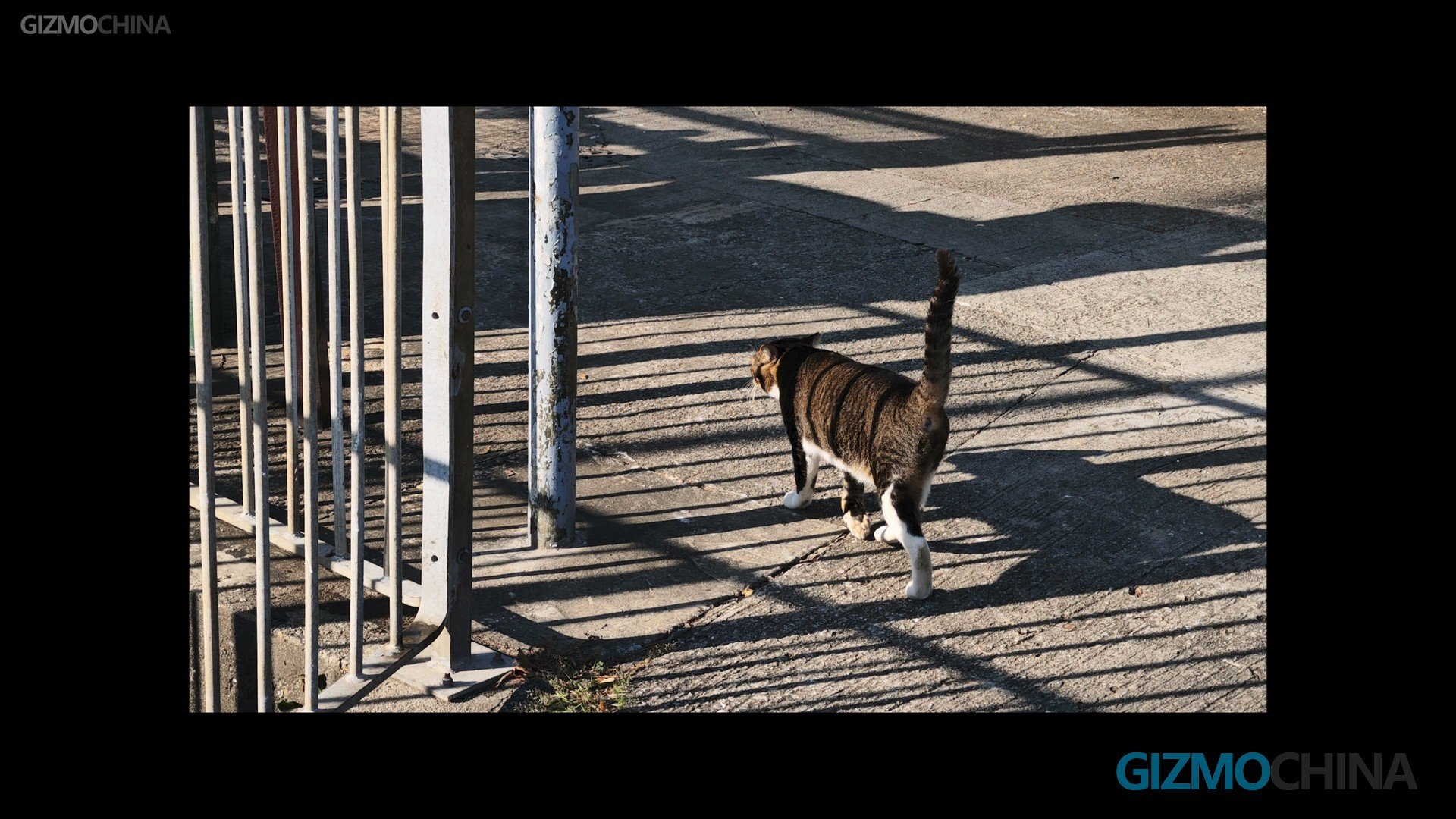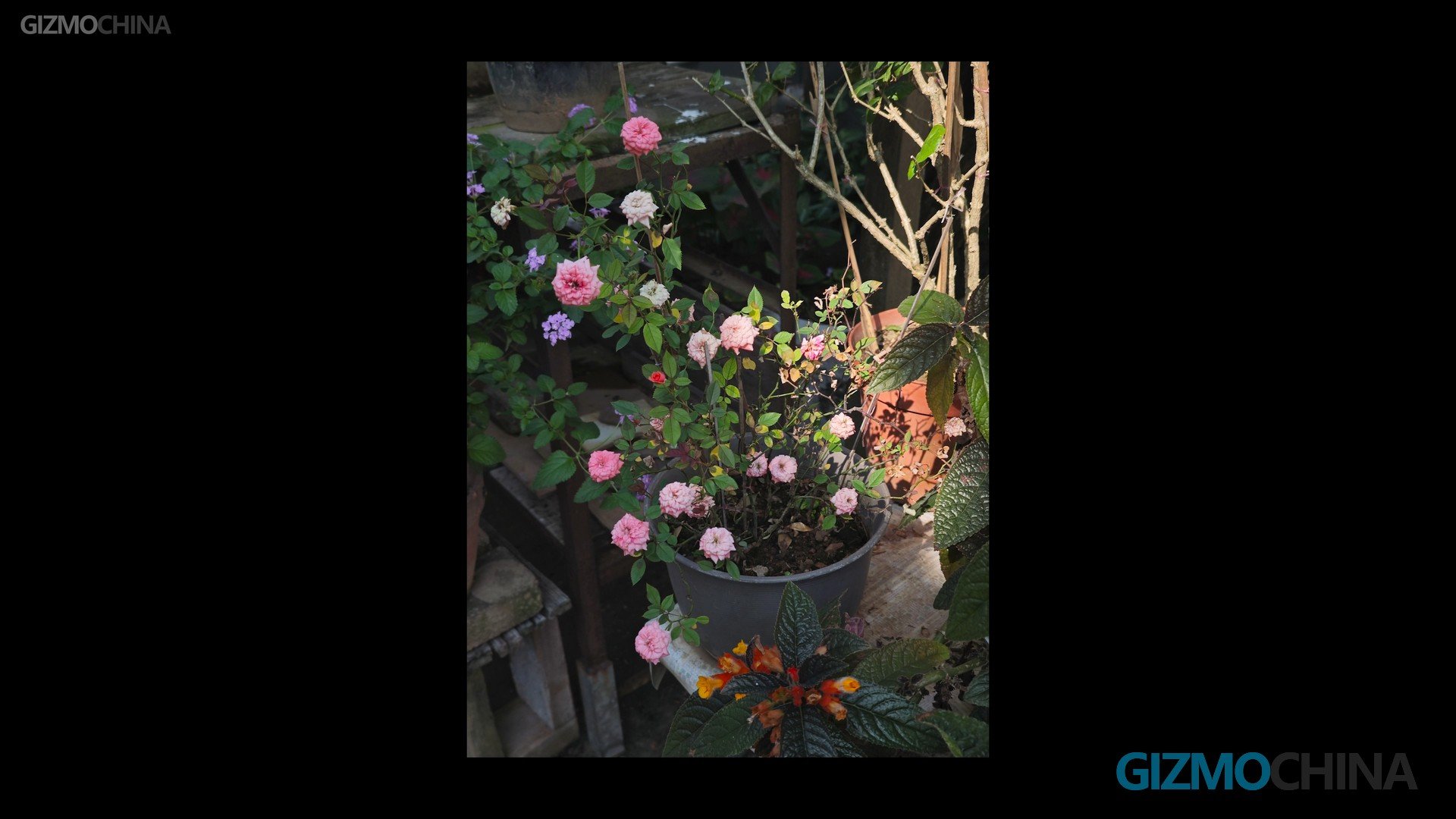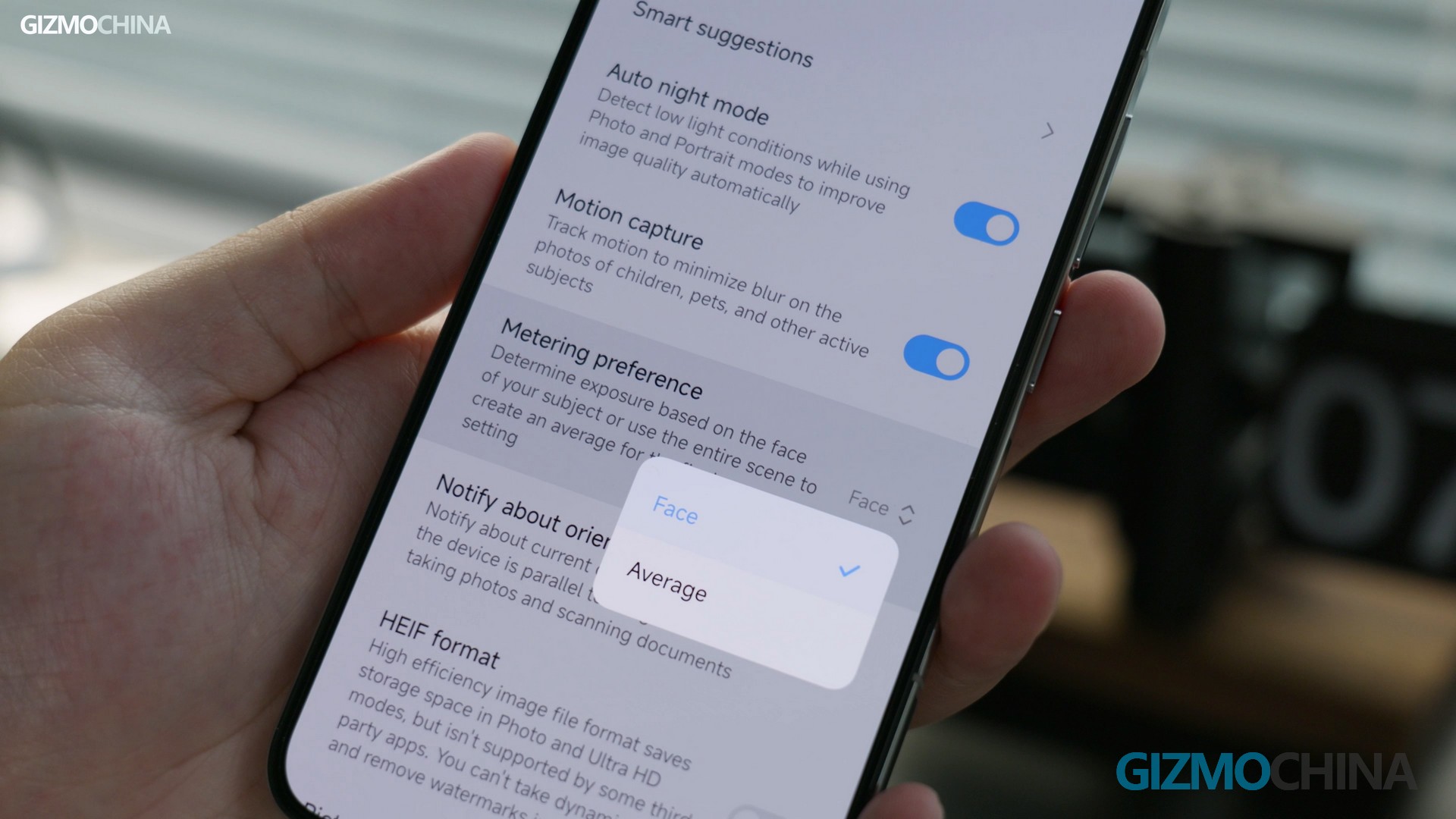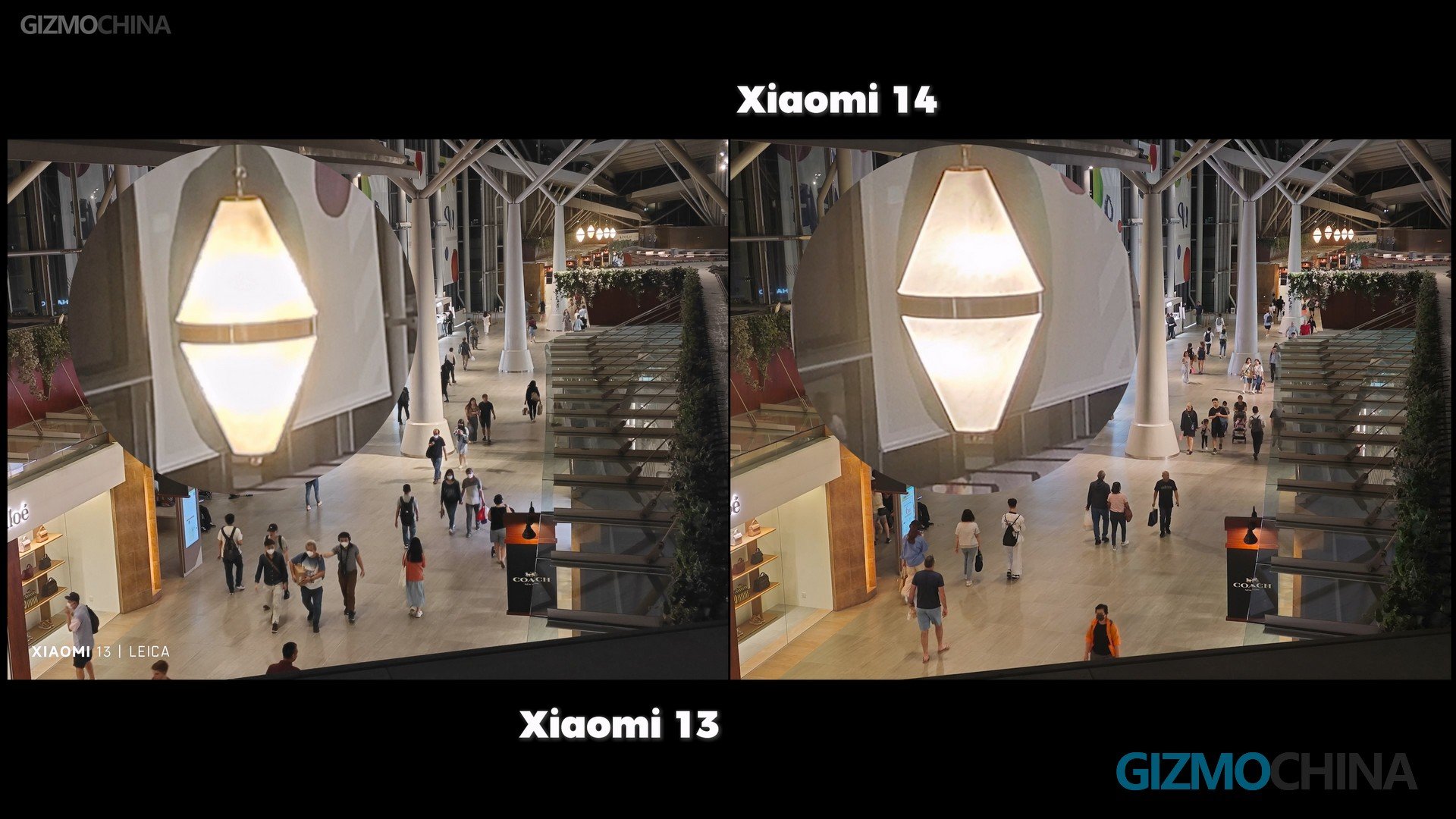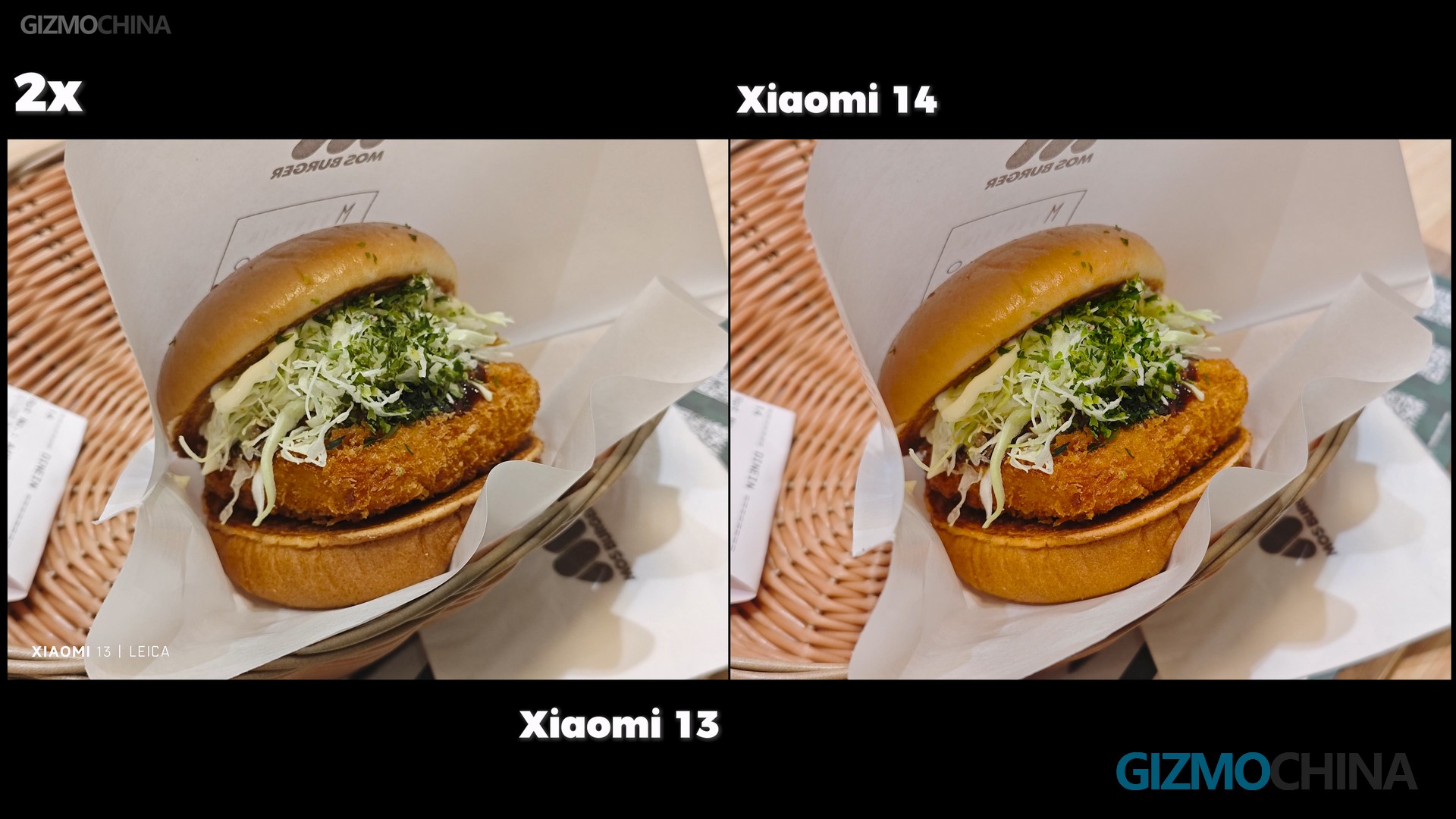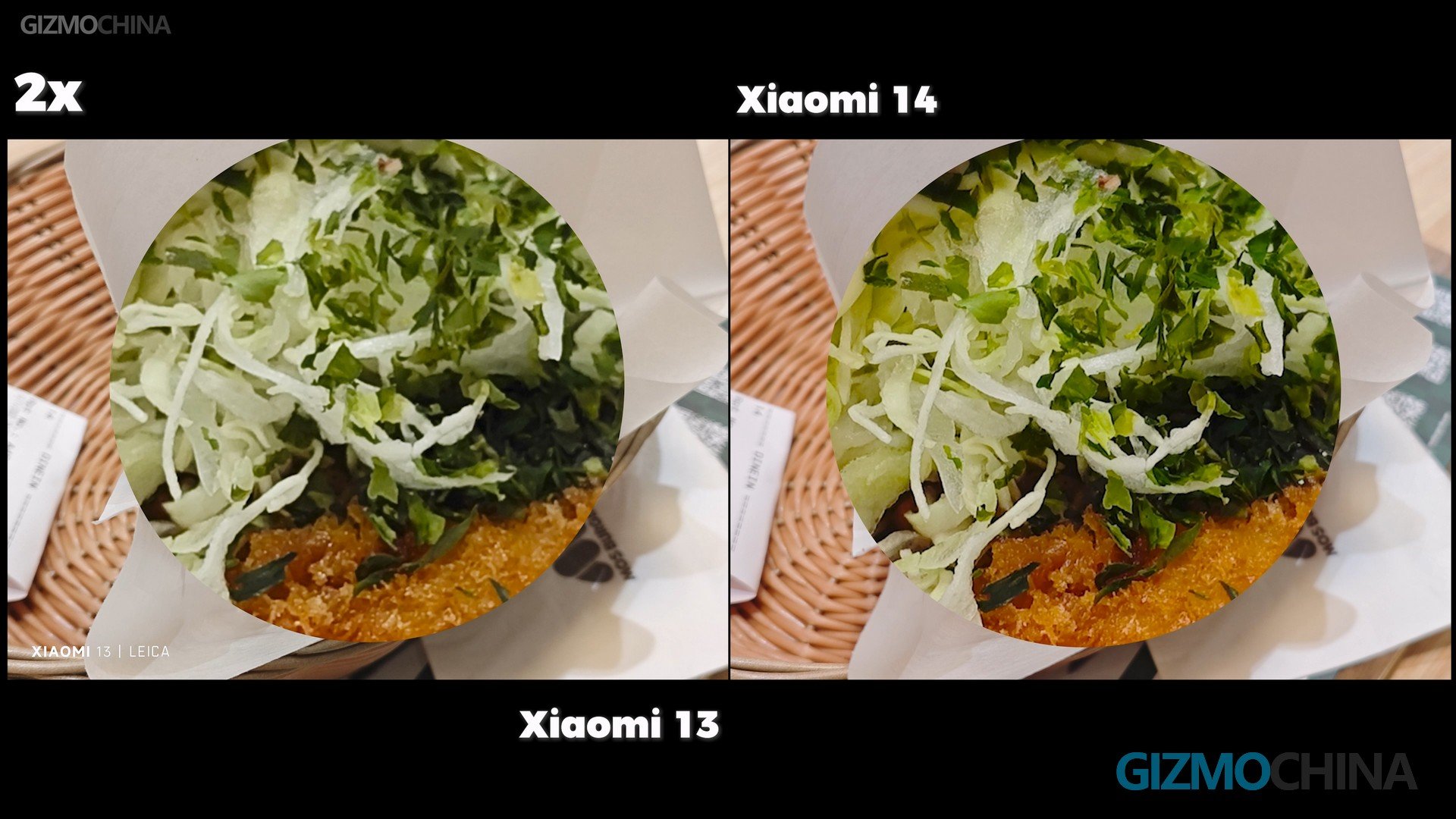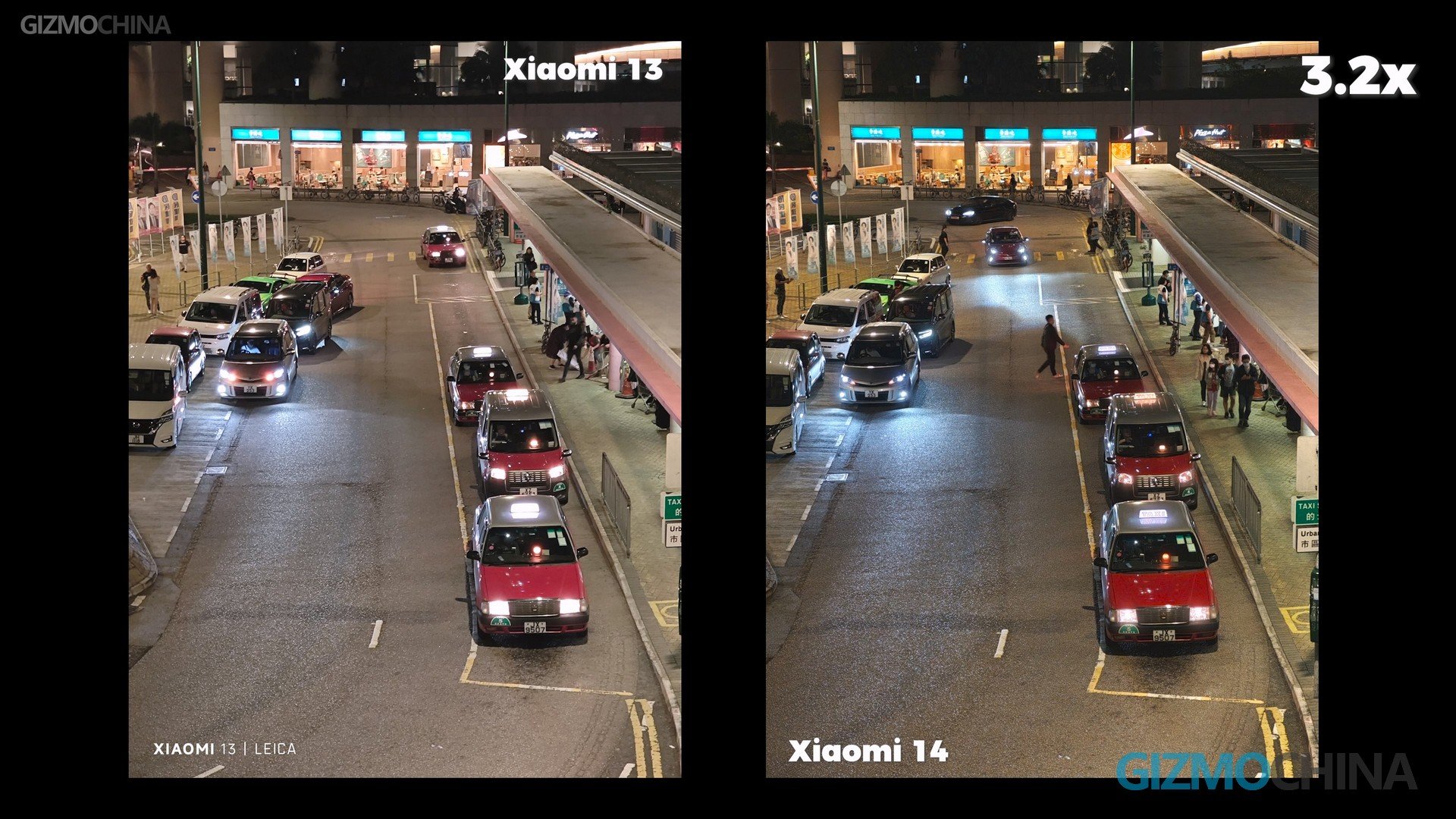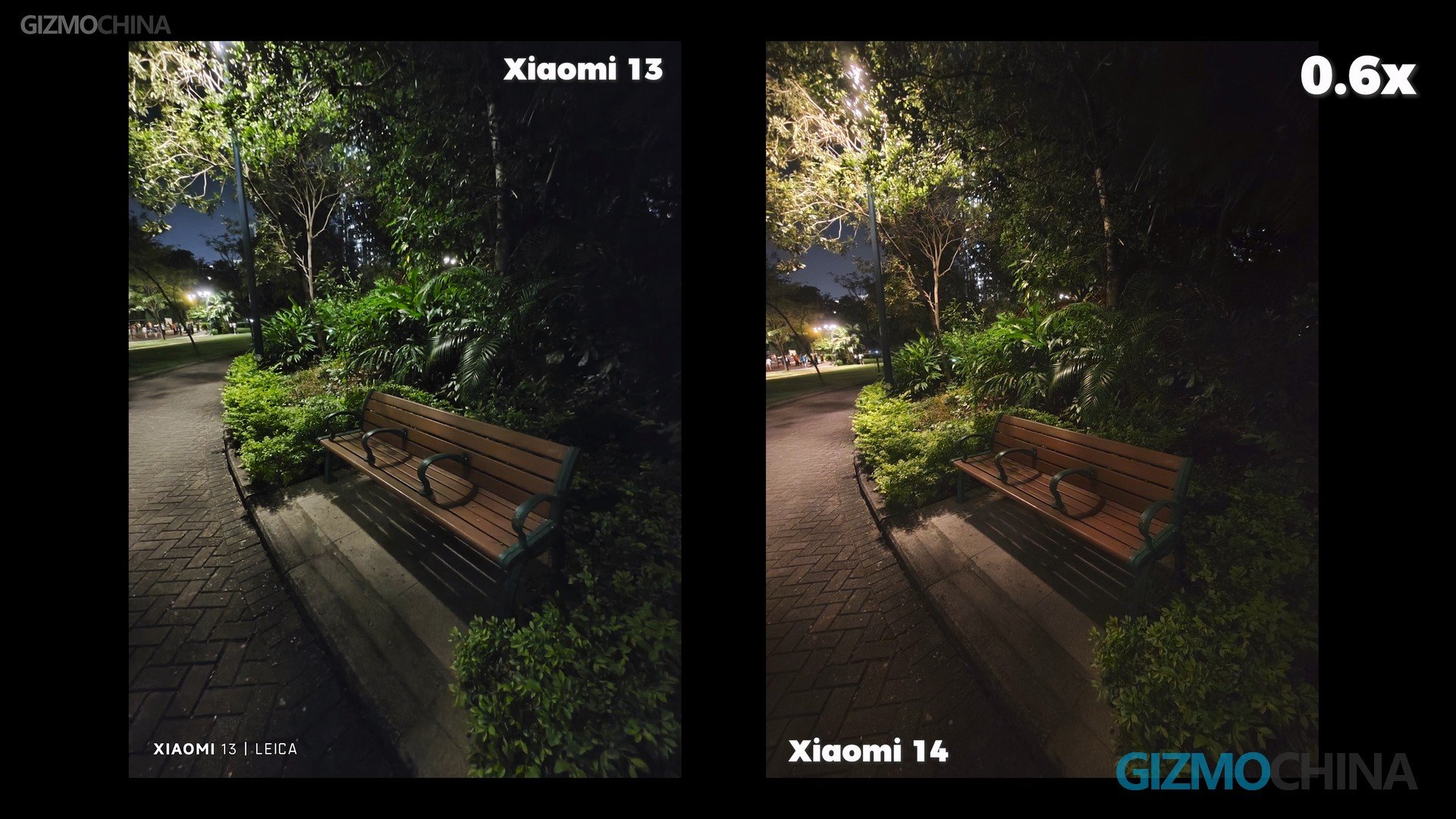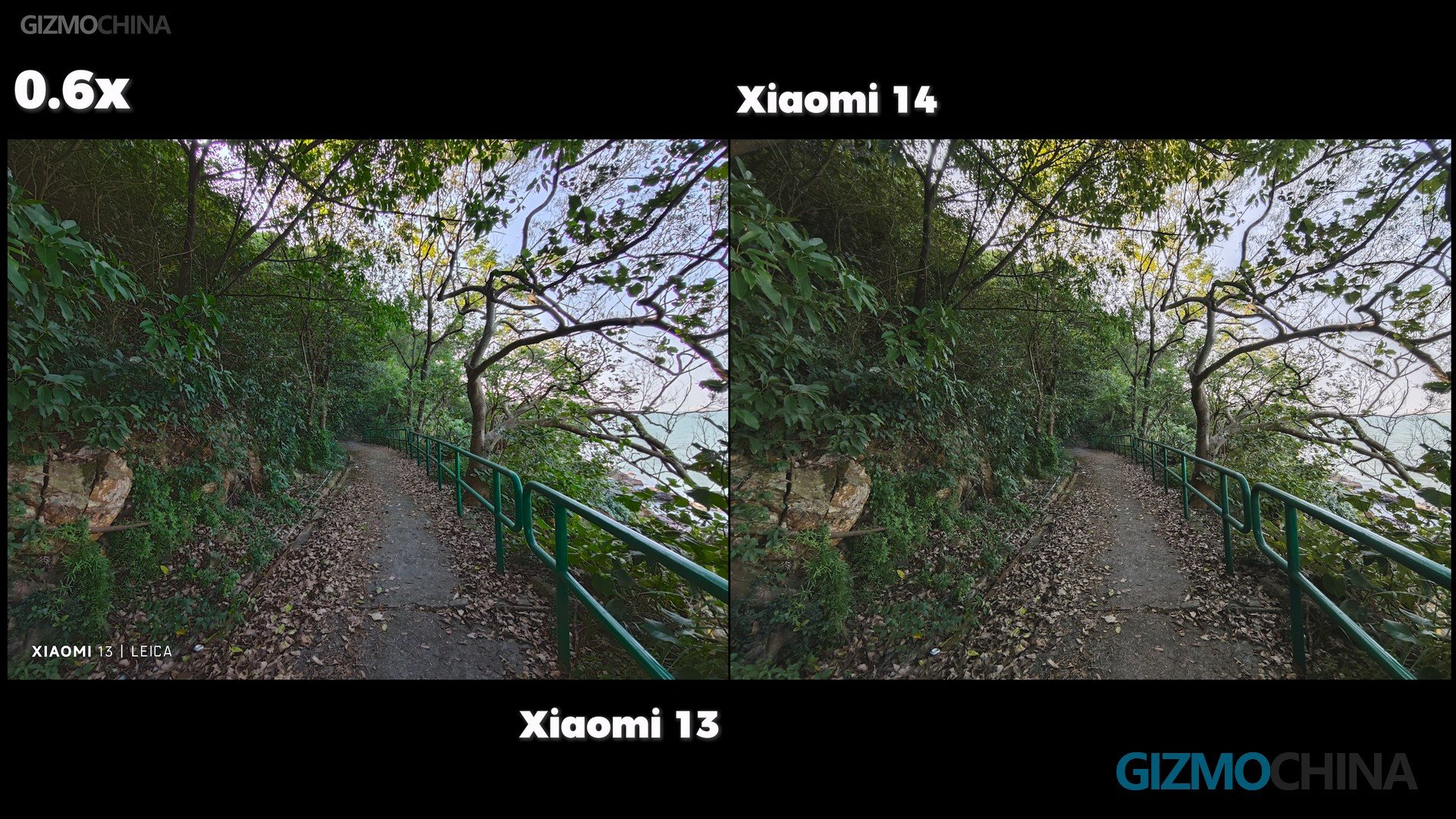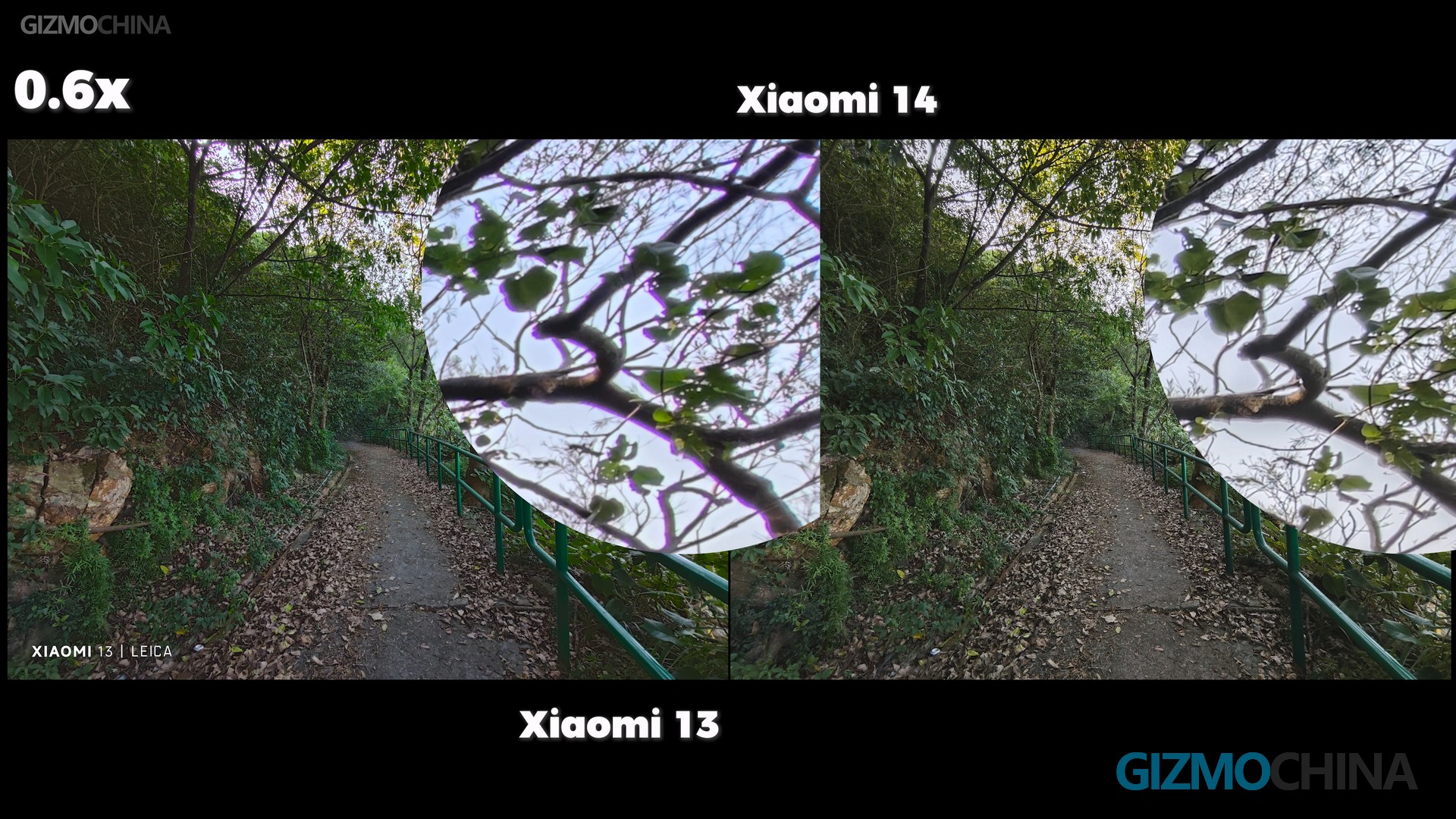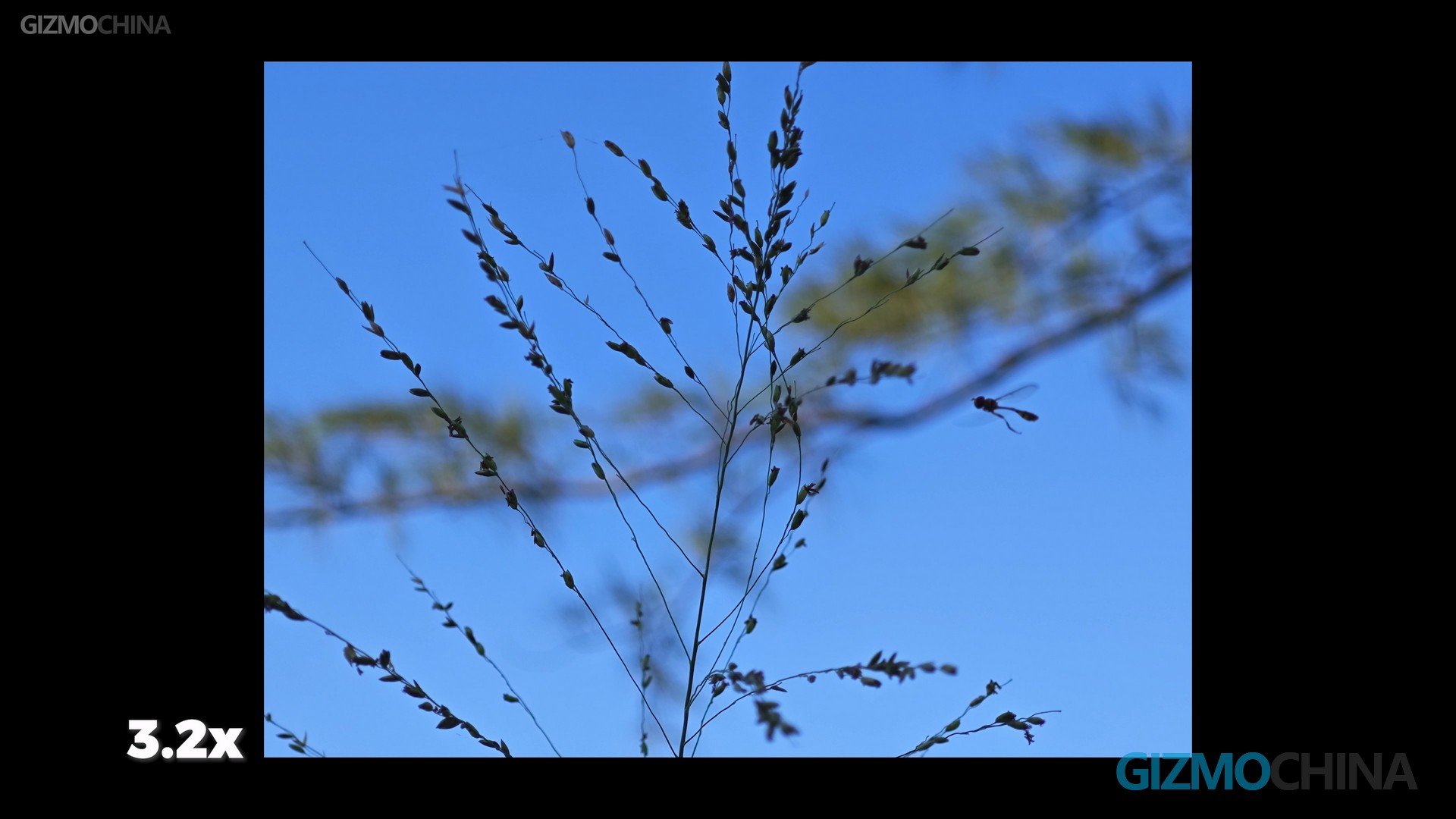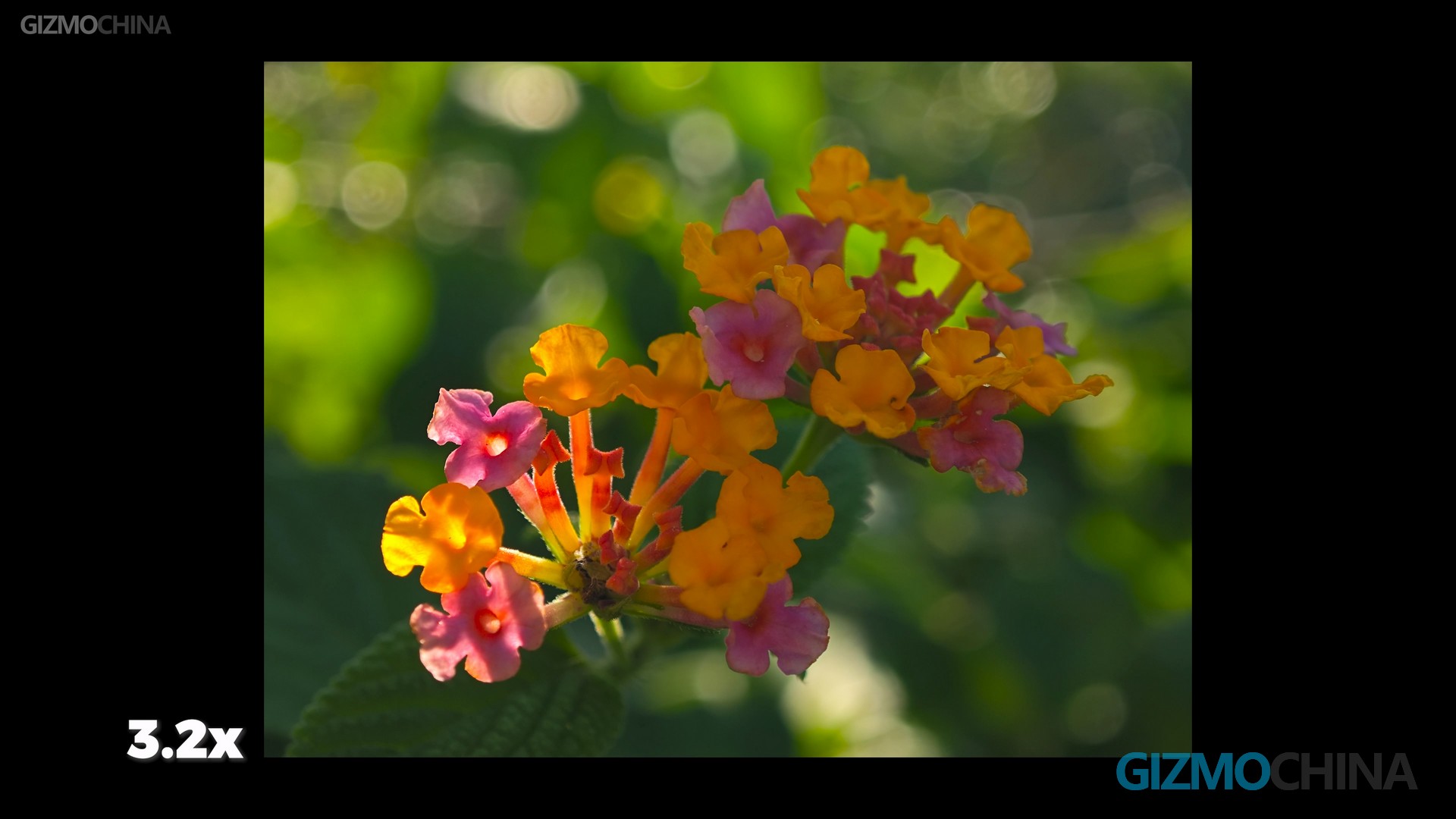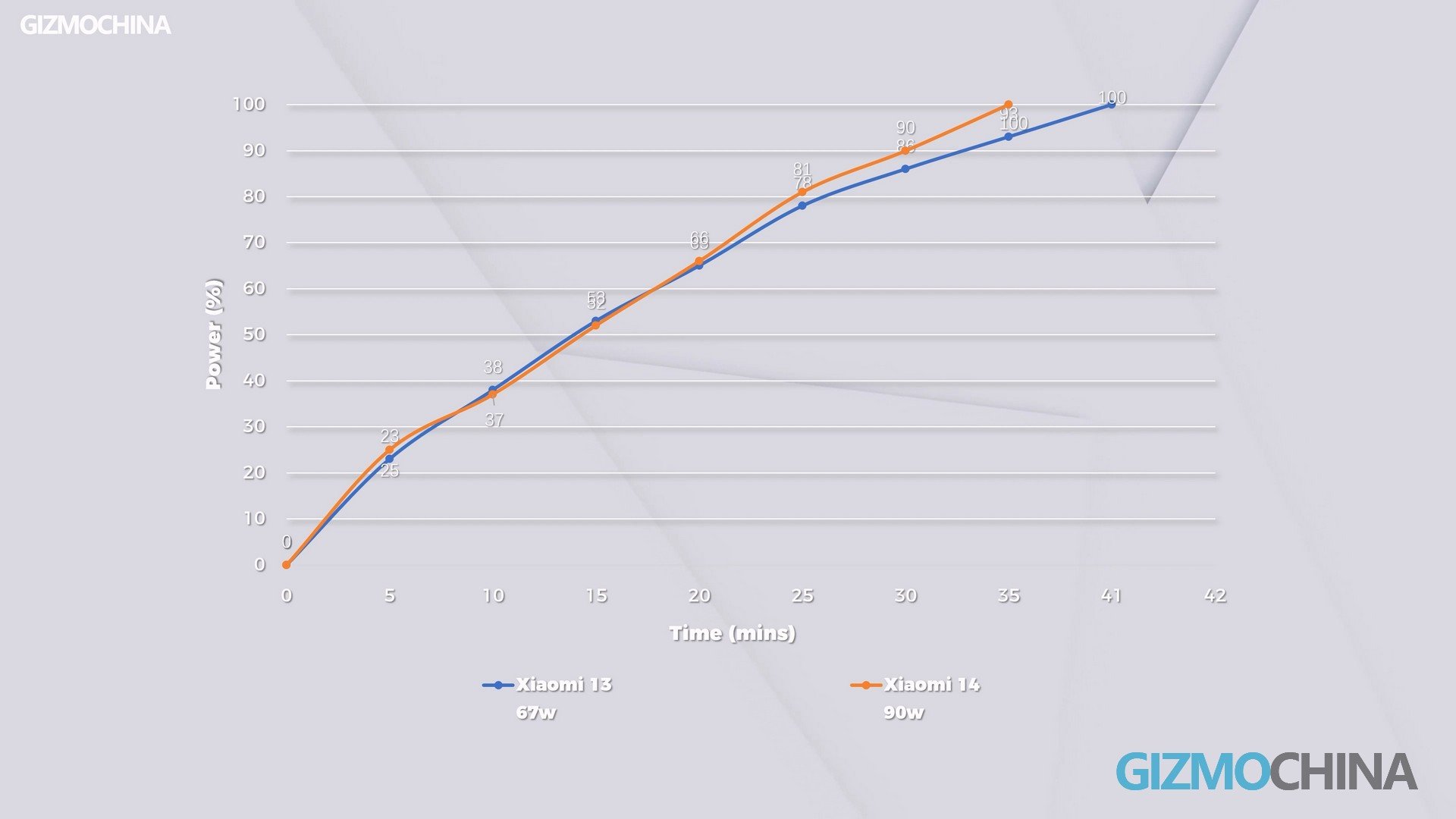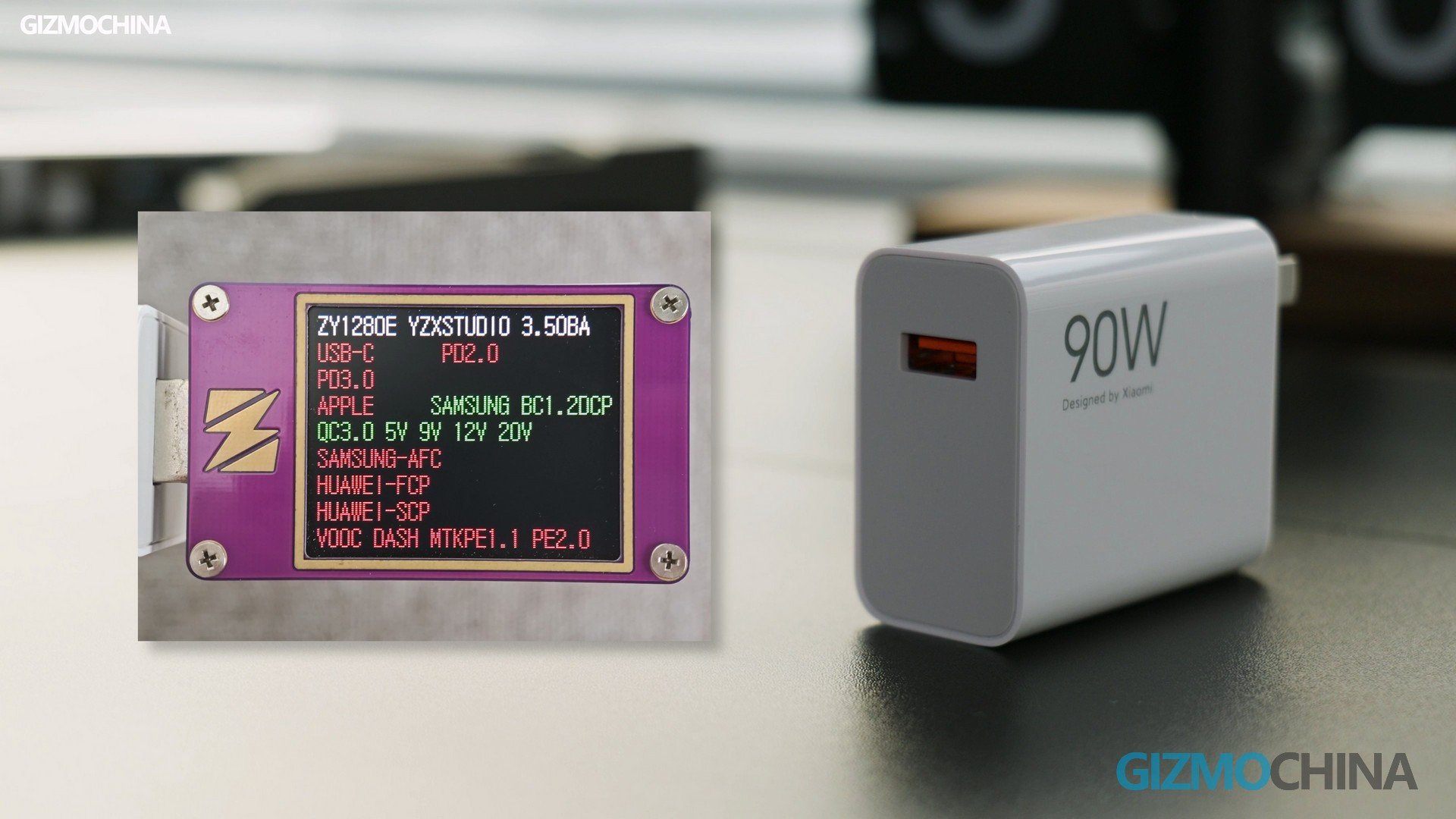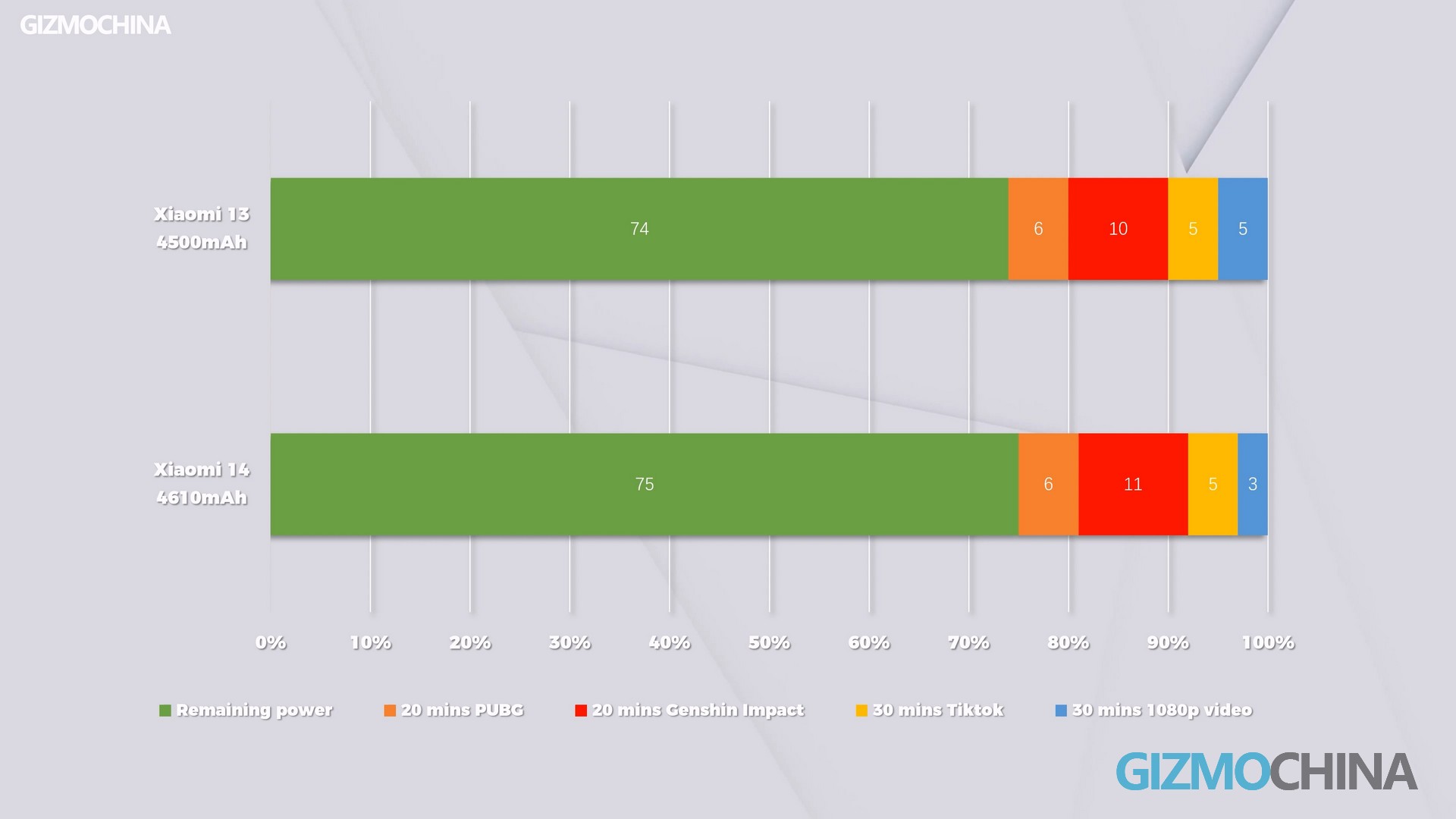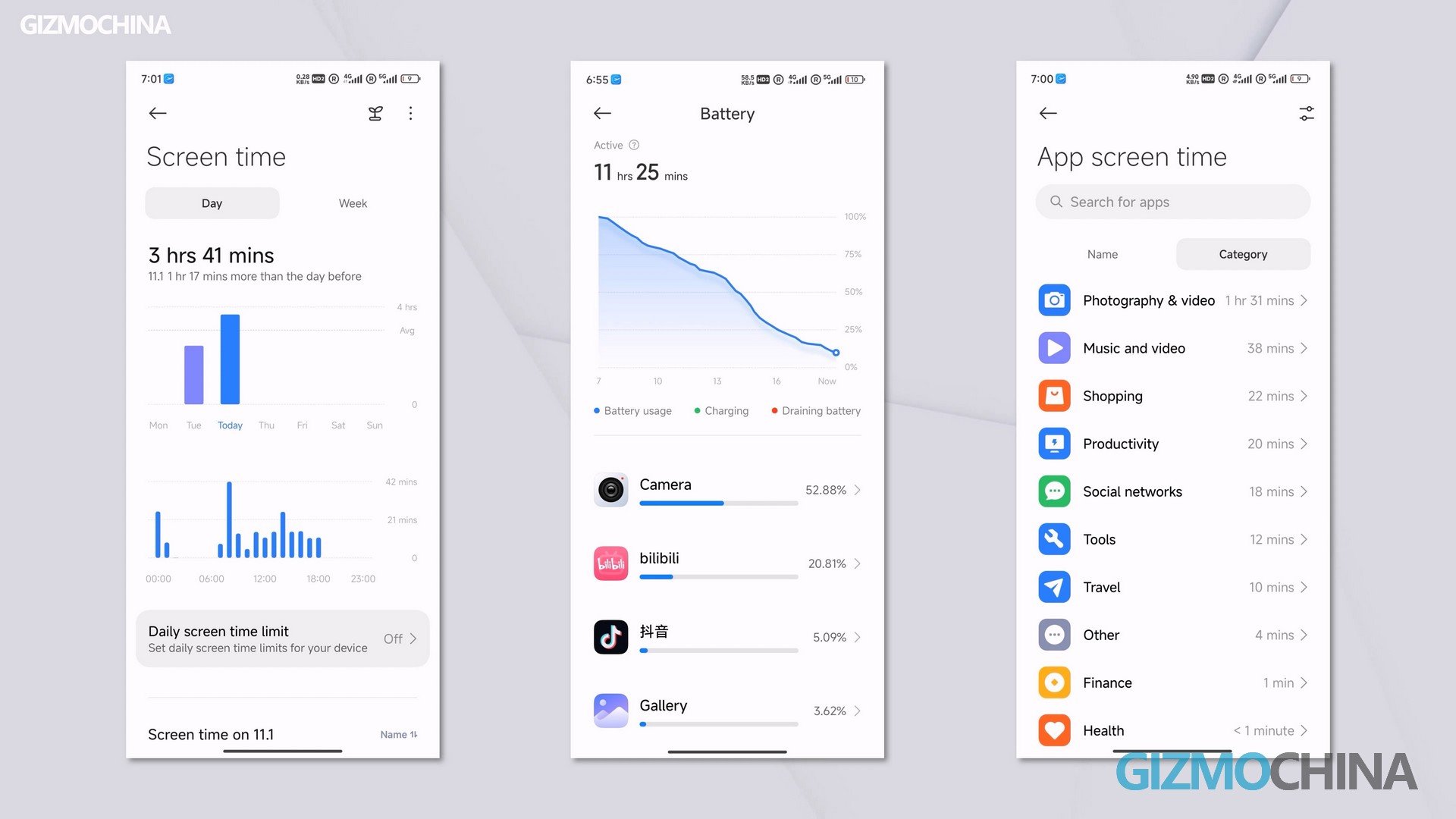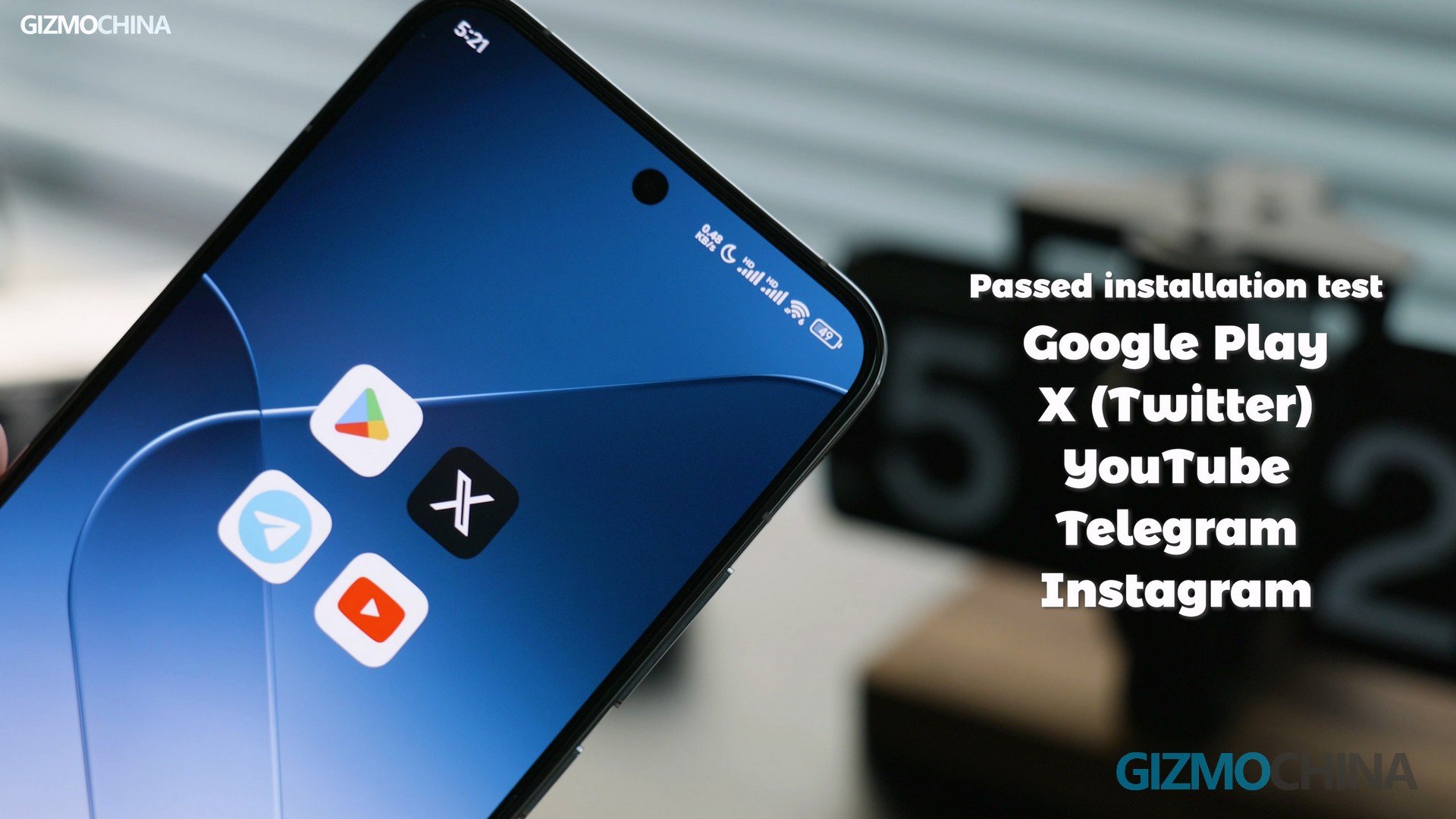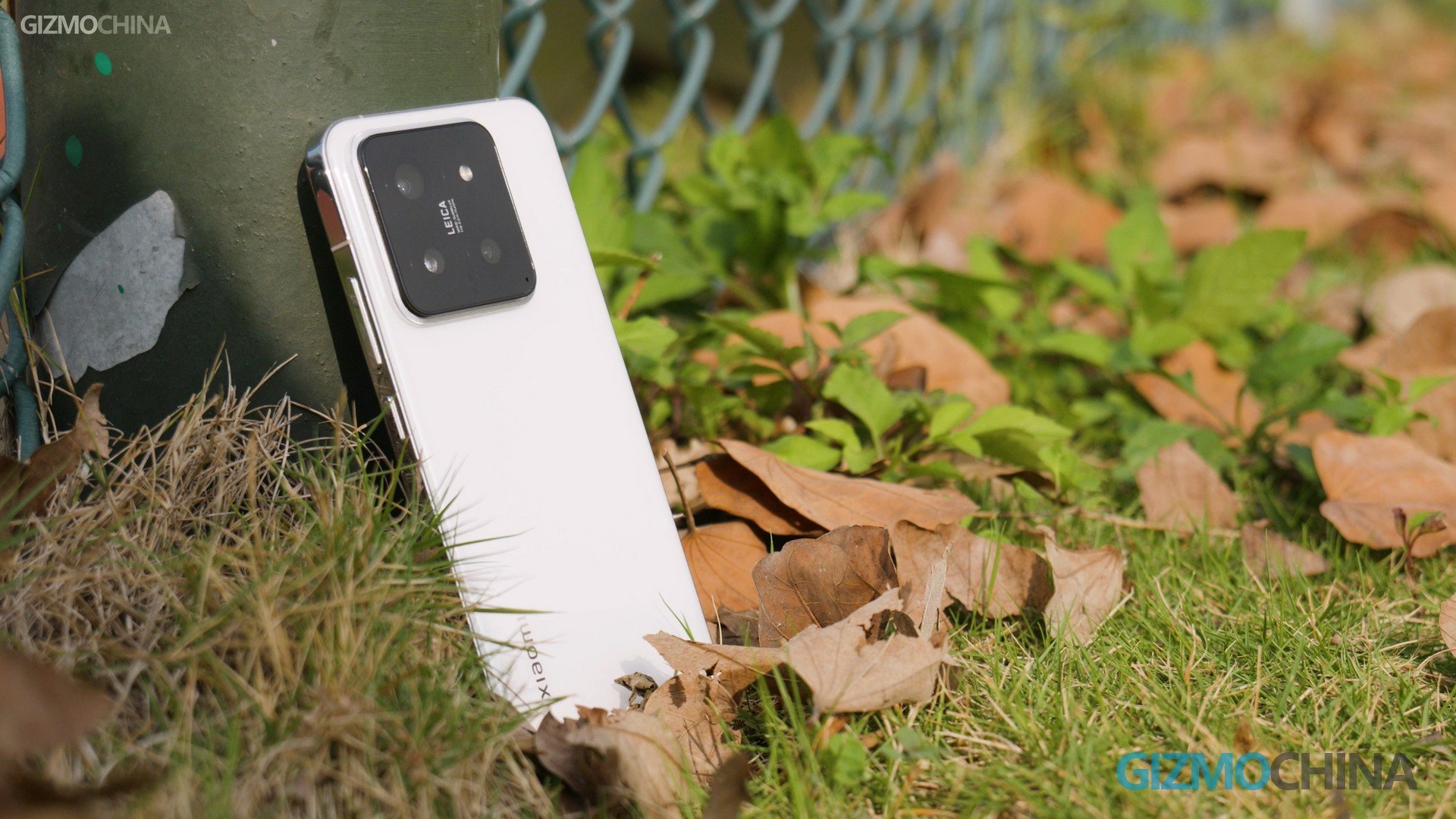If you’re our fan, you’ll notice that this Xiaomi 13 has been shown in so many of our videos. yes, I’m really in love with this phone, and I’ve been using it since it went on sale until now. I can be sure of one thing: Nobody knows Xiaomi 13 better than I do. As a REVIEWER and a deep user of the Xiaomi 13, I’m pretty sure the Xiaomi 14 is the best choice for small phone lovers if you can live with its design.
Size
I’ve always been a firm believer in the idea – if something needs to be carried around, then it should be as small as possible. My EDCs are all gadgets. For example, the iPad mini 6, 33W Pocket Power Bank, 65W PD charger, and even the cables I use are 50cm in length. They are not only small but also very powerful, ditto I love the Xiaomi 14 very much.
I’m pretty sure some of you will leave a message in the comments section – the Xiaomi 14 is not a small phone. But of the 200 new phones released last year, less than five were smaller than the Xiaomi 13. So it makes sense to say that the 6.3-inch Xiaomi 14 is a small phone.
Although I said it in the Unboxing video, here it goes again: the IR emitter at the top of the Xiaomi 14 wasn’t removed, it was moved into the camera module. When you first enter the Mi Remote App, it will suggest a really stupid position to control the device. What a weird pose. The good news is that it’s actually possible to control it in a normal position, so you don’t have to learn that strange pose.
The 14’s vibration motor has also been enlarged for a crisper feel when typing. And yes, even the 14 Standard now uses USB 3.0. R.I.P USB 2.0.
Design
The biggest regret of this phone is its looks. Look at the camera module, if Xiaomi 12 and 13 were a step backward, then 14 is a run backward. If you’ve ever seen or used a super cheap budget phone, you’ll be familiar with the design: the flash pretends to be a camera and stays where it shouldn’t be, and the LEICA logo looks like the guy on the subway, suffocated by the three cameras. Come on, it’s really ugly. If it were not that its specs were really a big improvement, I would never, ever buy this phone.
UltraSpace
There is an interesting bonus feature called “UltraSpace”. It’s actually a technique that reduces the amount of Over-Provisioning space and increases the storage space available to the user. While this theoretically reduces the life of UFS, Xiaomi’s software director is saying that even if you copy 40 gigabytes of data a day, it’ll last for 10 years or more. Xiaomi is betting that no one will be able to use a phone for more than 10 years, so that’s what they’re going to do.
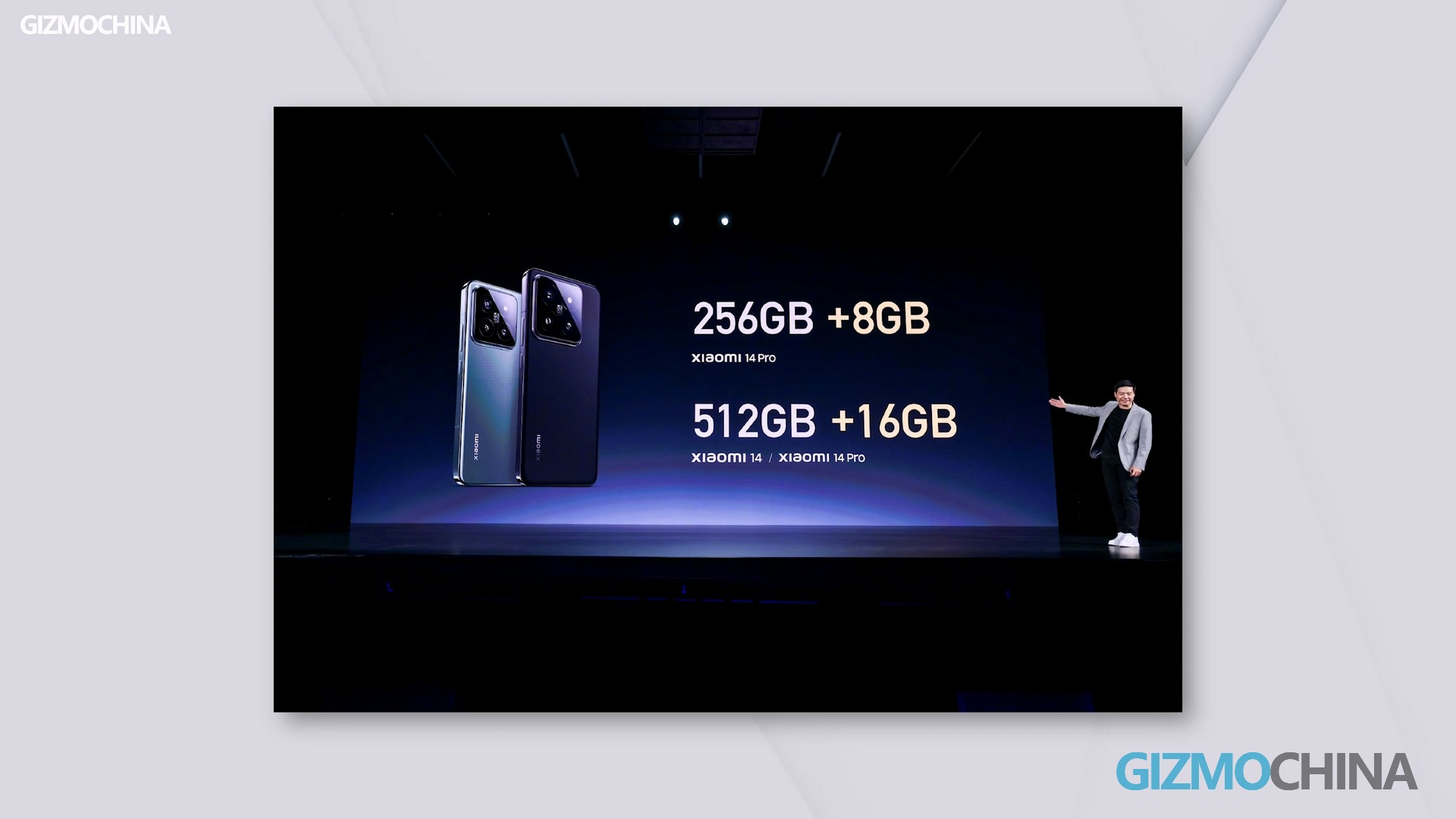
When I say it’s interesting I don’t mean how innovative the technology is, but the fact that you need to buy a specific version of it to get this feature. If you’re like me who by accident bought the 256G storage version of the Xiaomi 14, then this bonus feature is not yours for the taking.
Display
The Xiaomi 14 Standard Edition still uses the same flat screen that everyone loves. The panel comes from TCL’s latest model, the C8. Specs here for your reference. The most obvious thing to notice would be the increase in resolution, and the improved clarity that comes with 1200P is good news for literature lovers.
Something you need to know, if you want to use DC dimming at any brightness level, it will require you to turn on the Anti-flicker mode to activate it. If you don’t turn it on, it defaults to DC at high brightness, and 480Hz PWM dimming at low brightness, just like the Xiaomi 13.
There are also some software improvements in brightness. For example, the manual maximum brightness used to be only 500nit, this time the new Sunlight mode allows you to manually max out at 670nit, which can be close to 1000nit under bright light stimulation. As for the 3000nit they say, it’s only achievable with a 10% window of HDR video under bright light stimulation. So the peak brightness of 3000nit is more of a gimmick unless you watch HDR videos under the sun often.
There are no obvious flaws in the screen. It would be nice to be able to move the fingerprint recognition area upward a little bit.
Benchmark & Gaming
Snapdragon 8 Gen 3 is by far the best phone chip. I didn’t expect 8 Gen 3 to be improved so much when last year’s 8 Gen 2 was already so strong. You can clearly see that 8 Gen 3 scored the best in several categories. The Xiaomi 14 also excelled in stability tests. I’m pretty sure it’s the most powerful processor I’ve ever seen on a phone.
Now let’s see how it performs in the games. Since PUBG Mobile doesn’t require a high load, even the Xiaomi 13 is capable of running 90fps easily. Do you think that’s the upper limit? No. Take a look at the graph of the Xiaomi 14. I admit, the straightest line I’ve ever seen in my life is this Xiaomi 14 PUBG frame rate graph, It’s really awesome. The power consumption and temperatures are lower, suggesting that the new Snapdragon chip is coping with light-load apps much more easily.
The Genshin Impact’s results aren’t as impressive as PUBG Mobile’s, but they’re still much better than other 8 Gen 2 phones. At the same 720p resolution, it only started downclocking after 15 minutes of diving in Fontaine, and the frame rate didn’t drop much after the downclocking. And when you look at its power consumption, it’s again the lowest one. With such an excellent gaming experience actually realized on a smaller phone, I’m already looking forward to seeing if the gaming experience on the bigger Xiaomi 14 Pro will be better or not.
Previous Xiaomi phones could run Genshin at 864P resolution, but this time, the Xiaomi 14 can even run at 1200P resolution. Look at the characters, and how clear they are. Unfortunately, the frame rate is limited to 30 at this resolution, so when is Xiaomi going to open up the 60fps option? I think the 8 Gen 3 can afford to go even higher.
32-bit
By the way, this year’s 8 Gen 3 no longer supports 32-bit software at all on the hardware side. While I agree that 32-bit apps should really be phased out, it’s inevitable that some people still need to use them. Xiaomi helps you convert 32-bit APP to 64-bit by software side so that you can continue to use these old apps.
If you get a Xiaomi 14 and still can’t install some old apps, it’s mostly caused by Android 14 and HyperOS not supporting targetSdkVersion below 23 apps. It has nothing to do with 8 Gen 3. Because of time constraints, we didn’t talk too much about Snapdragon 8 Gen 3.
Camera
There’s a trivia about Leica mode on Xiaomi phones: the Leica colors are actually different for each model. In the Xiaomi 13 series, the 13 Ultra has the most attractive Leica Authentic colors, while the 13 Standard is the worst one. Xiaomi 14 isn’t as Leica as the 13 Ultra, but it’s still much better than the 13. Colors are much more intense, contrast is higher, and there are more options to choose from in Pro mode.
Being able to freely adjust the tones makes it more cinematic. What’s more, all the drawbacks I mentioned in the 13 Ultra camera test have actually been fixed in the 14’s standard version. For example, the metering preference can be adjusted to Average, that way you won’t suddenly increase the exposure because a face is detected. That makes photographers like me very happy.
The Light Hunter 900 is a new sensor customized by Xiaomi and OmniVision, with the main selling point being the excellent single-frame dynamic range. Unfortunately, it’s not very noticeable and only looks a bit better than other phones at night in auto mode. Over the dynamic range, I love the performance of its 2x zoom. Thanks to the increased size of single pixels, you can get sharper photos in low light. After testing hundreds of photos, I realized that the main camera’s improvement wasn’t that big. The other two camera boosts are much more impressive.
Thanks to the better sensor, the image quality has been improved all around. Whether it’s sharpness, noise, or color accuracy, it’s much better than the 13. I don’t need to tell you much, just look at the sample photos to see the difference between them.
The telephoto camera on the Xiaomi 14 is the same as the one on the 13 Pro, with the closest focus distance of only 10cm. You can take macro photos with it, and the background bokeh will be even better than photos taken with the ultra-wide camera. If you are fed up with the rear camera of the Xiaomi 13 like me, then switching to the 14 would be a good option.
Front Camera
I usually don’t talk much about the front camera of the Xiaomi phone because they never pay much attention to the front camera. But this time, they have changed. the Xiaomi 14 has tweaked the portraits and the changes are mainly in the skin tones. Skin tones will look healthier than the Xiaomi 13’s and there’s an improvement in clarity.
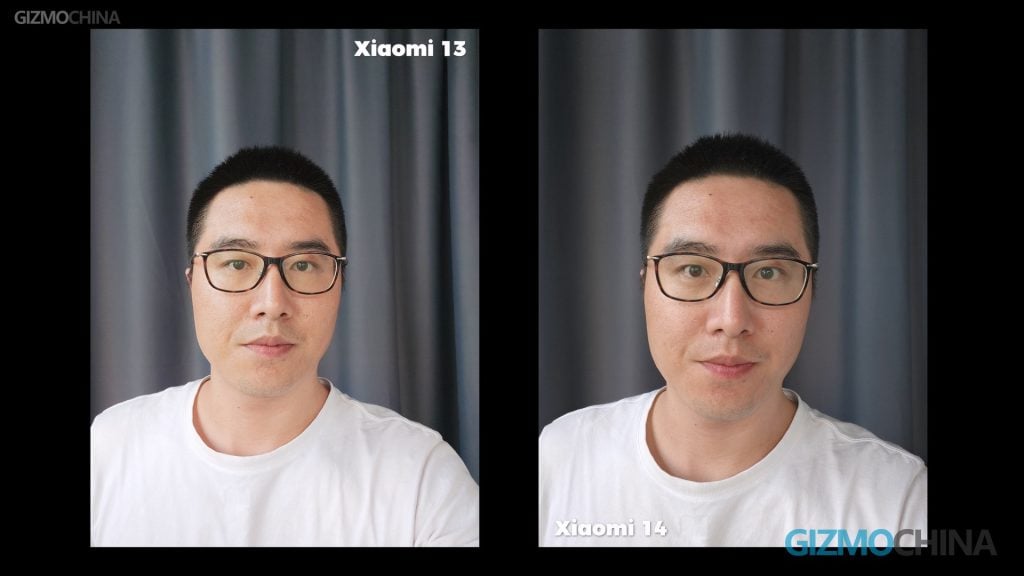
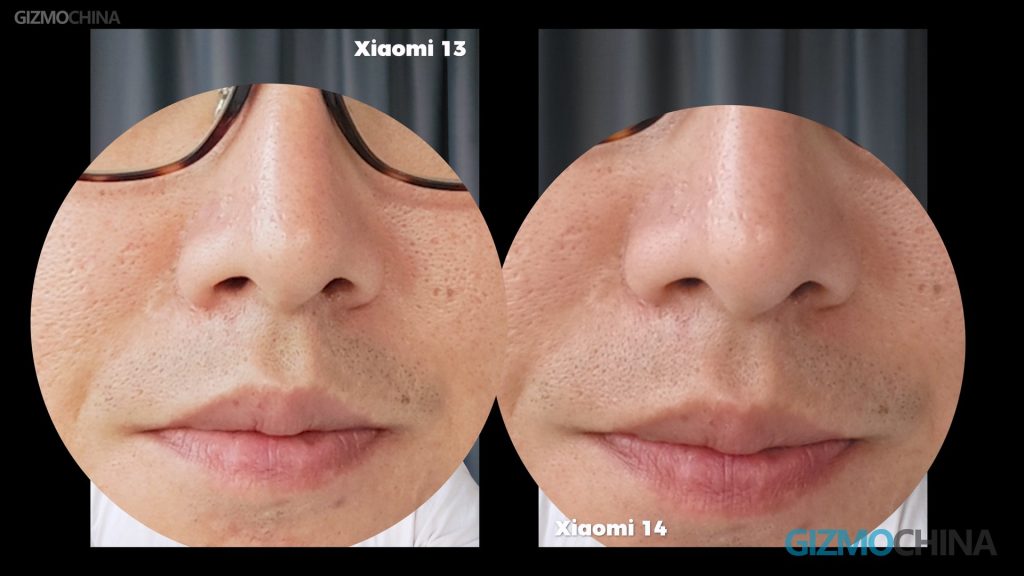
Most importantly, the front-facing camera will finally be able to record videos at 4K 60fps and with EIS support.
The video recording from the rear camera is also good. It is stable, clear, and works well like many flagship phones. This time in the 4K 30fps video recording, you will also be able to freely switch between the three cameras.
Battery & Charging
The wired charging power of the Xiaomi 14 is 90W. While it looks like a big upgrade, but actually it’s not significant. The charging protocol hasn’t changed much either and it’s still a USB-A port. Since the front-facing camera, USB transfer speed, and ultra-wide camera have all gotten better, I mean why not make a USB-C port on the charger in the next step?
Battery life has also been improved a little. Since the battery capacity is bigger and the processor is more power efficient, it makes sense that the battery life will get better. Please don’t expect too much though, after all, it’s just a 6.3-inch phone.
Here’s my phone usage on the day I did the camera test, which lasted 11 hours on 90% power. Because using the camera is very power-hungry, it doesn’t look as power-efficient as I thought it would be. But trust me, it has enough battery to last a day if it’s in daily use.
HyperOS
As we mentioned before, I should talk to you guys about HyperOS right now, but in order to post this video as soon as possible, there’s not a lot of time to really dive deep into it. So I’m not going to talk too much about the new system right now.
The only thing I’m going to say is that GMS works fine on the Xiaomi 14 and Telegram installs without any problems, so there is no need to worry about some software being banned yet. More on the differences between HyperOS and MIUI, we’re going to do another video for it.
Conclusion
To me, Xiaomi 14 feels like a young man growing up, no longer handsome but becoming more mature. The screen, camera, and processor have been upgraded, and the problems we used to complain about have been fixed. Plus the tiny size gives it an unbeatable advantage. The only cost is that you have to live with the not-so-pretty design.
Anyway, I should plug my SIM Card into this phone. I compromised, the Xiaomi 14 is just too powerful.

